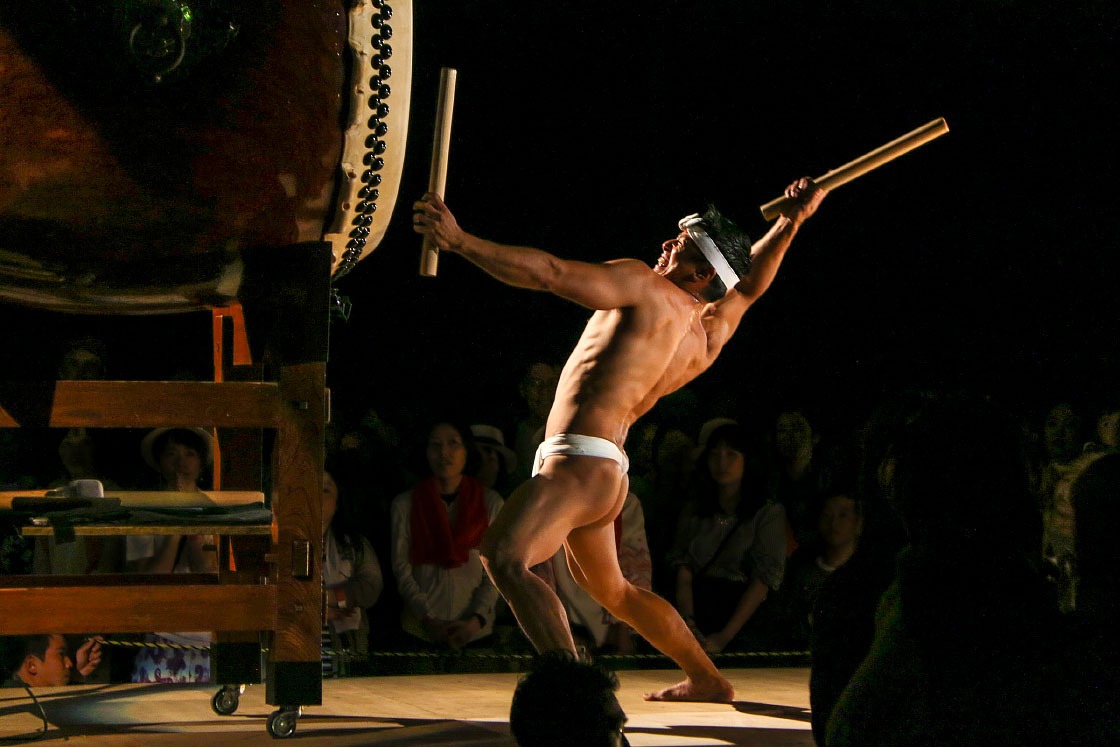Drums of Sado: Earth Celebration
Forty kilometers off the coast of Niigata Prefecture in the Sea of Japan, rural Sado Island is home to one of Japan's most iconic music ensembles: internationally-acclaimed taiko performing arts ensemble Kodo.
It's not an exaggeration to say that Kodo has largely defined the world's image of Japanese taiko drumming. In its over 35-year history, the group has made an artform out of rediscovering traditional styles of taiko music and dance once only found in obscure festivals and religious rites, modernizing and celebrating them literally on the world stage.
And every year in mid-August, at the peak of Japanese summer, Kodo invites the world to Sado for a three-day music festival it calls Earth Celebration.
When I first heard of this event, it was from international friends who came back with stories not just about incredible performances, fun workshops and Sado's stunning scenery, but also a sense of feeling welcomed and connected to both other travelers and the residents of Sado.
So with these stories and excitement in mind, I found myself on a ferry crossing the sea to experience this festival for myself.
Day 1: Welcome to the Land of Taiko
Upon arriving at Ryotsu Port on Friday afternoon, the first day of the festival, I made my way directly to the small southern port town of Ogi, where the majority of the official Earth Celebration events were taking place. It wasn't long after getting to Ogi that I was standing in front of the outdoor mainstage and the festival's first main event concert began.
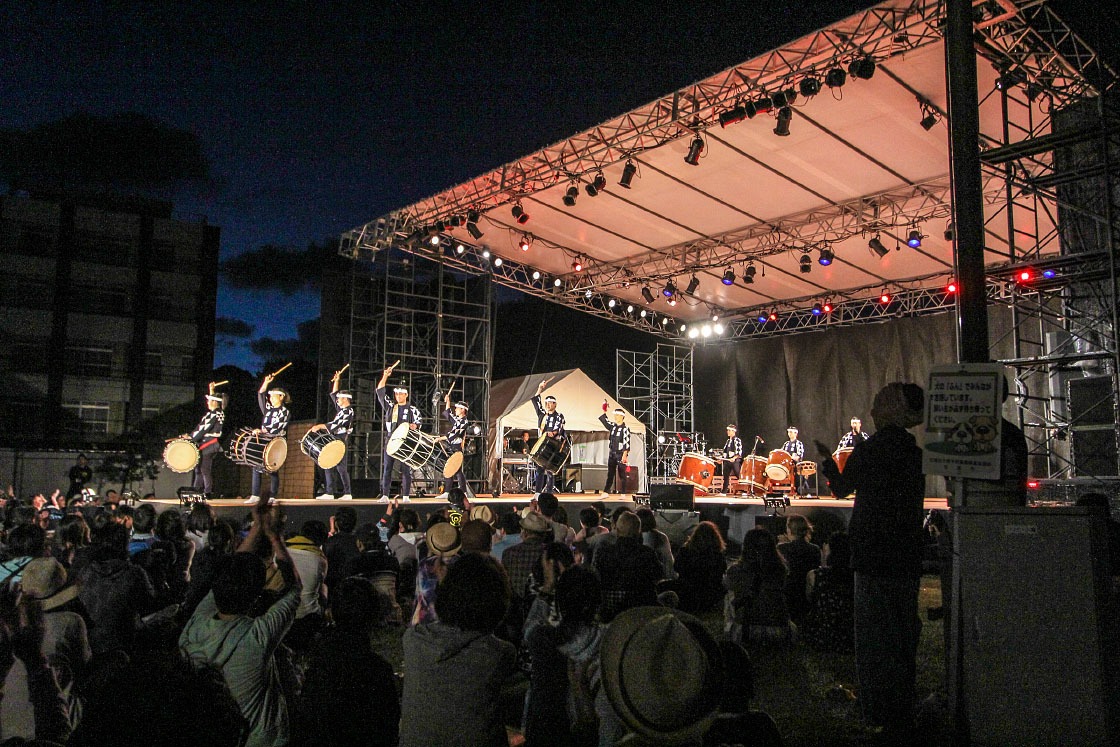
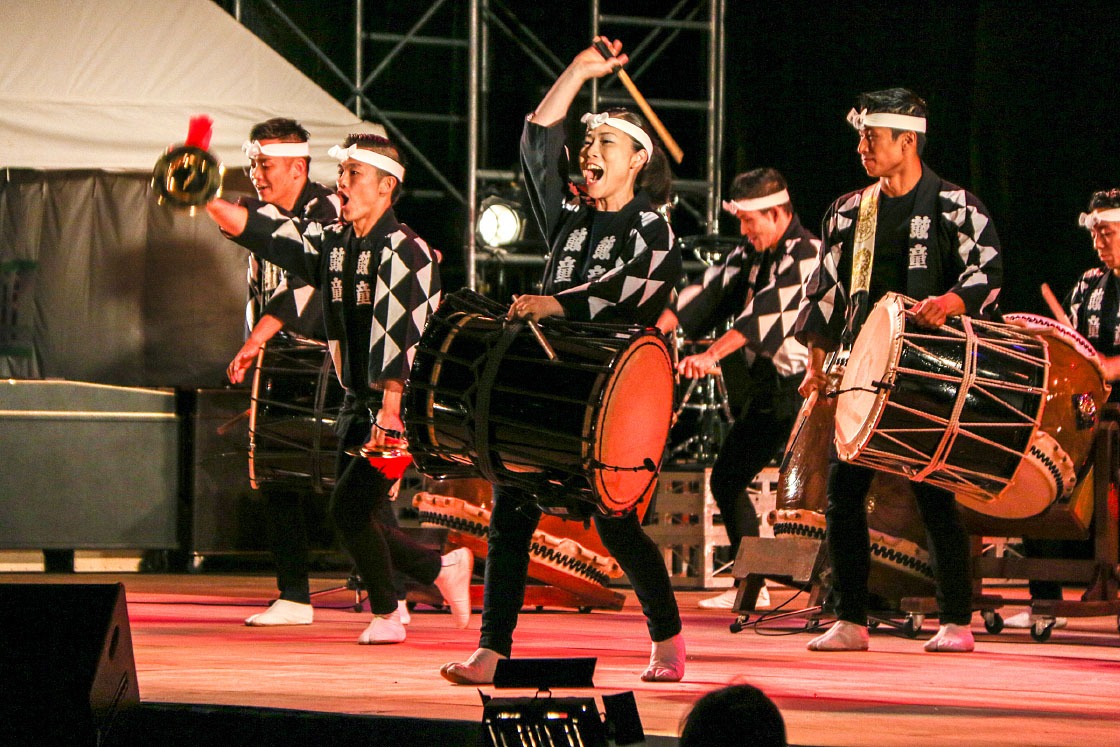
The first night's concert this year was a showcase for Kodo's newer, younger members to shine and show off some of the group's newest and edgiest pieces. The first half of the show featured several guest solo and group hip-hop dancers who performed alongside Kodo, as well as several pieces that expanded the "traditional" taiko instrument range to include some electronic music elements.
The second half also brought on guest drummer Michael Schack playing a bleeding-edge electric drum kit both solo and alongside Kodo as well.
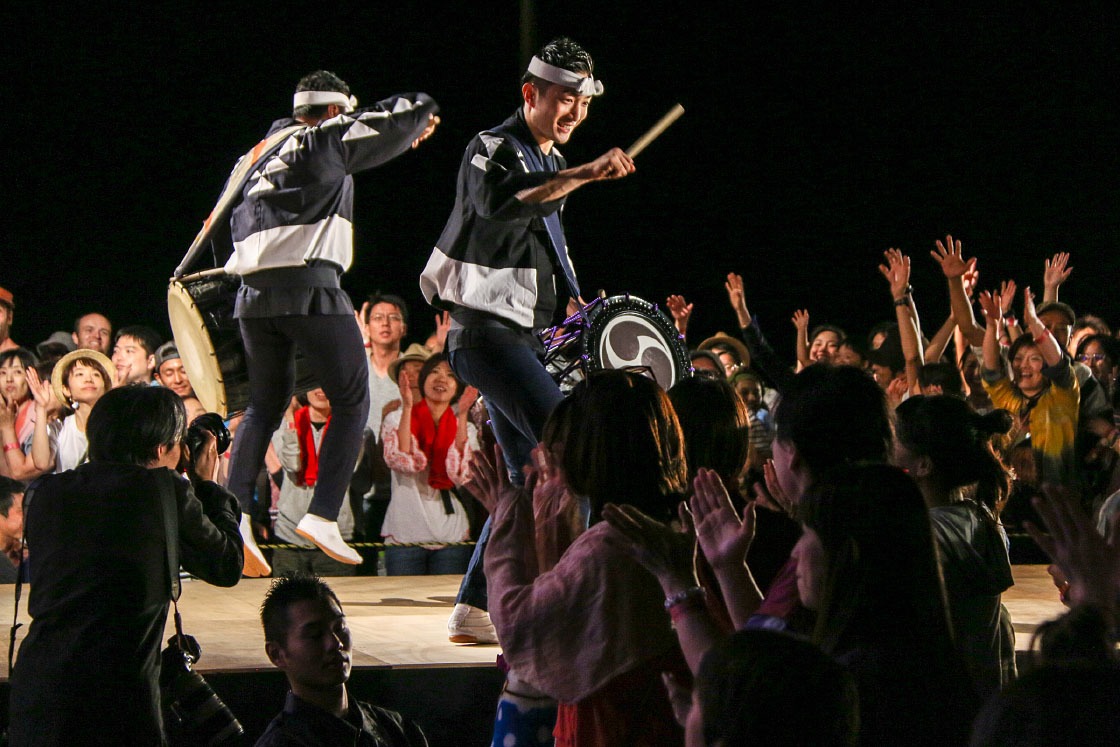
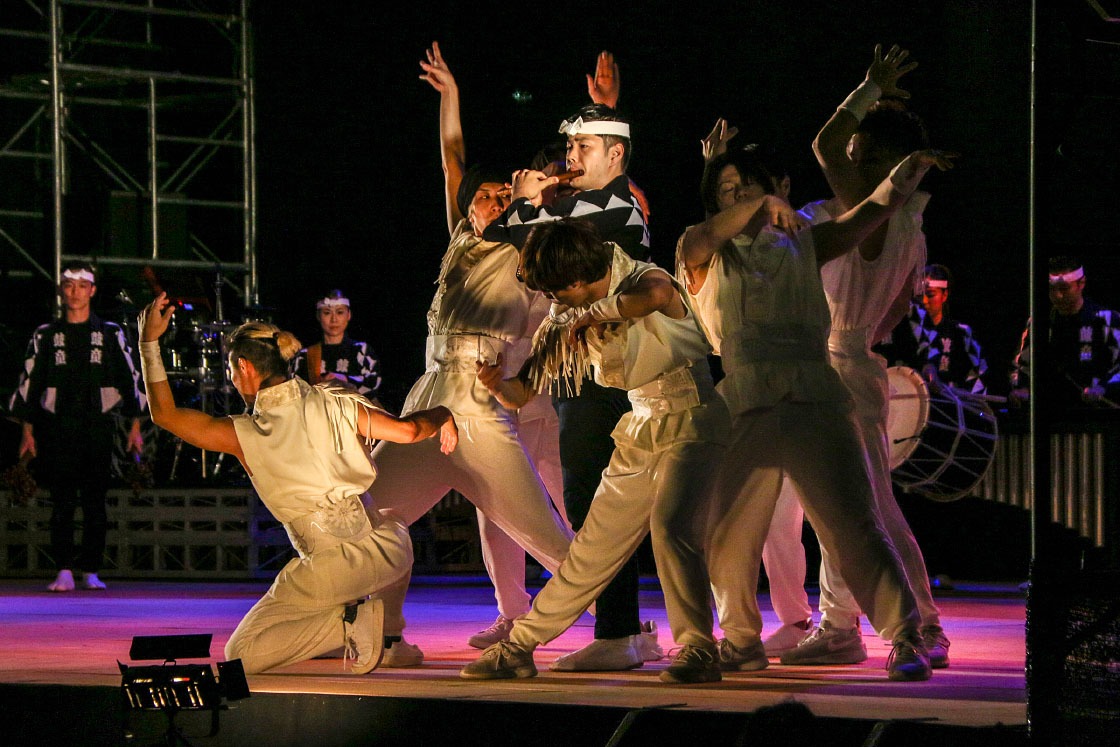
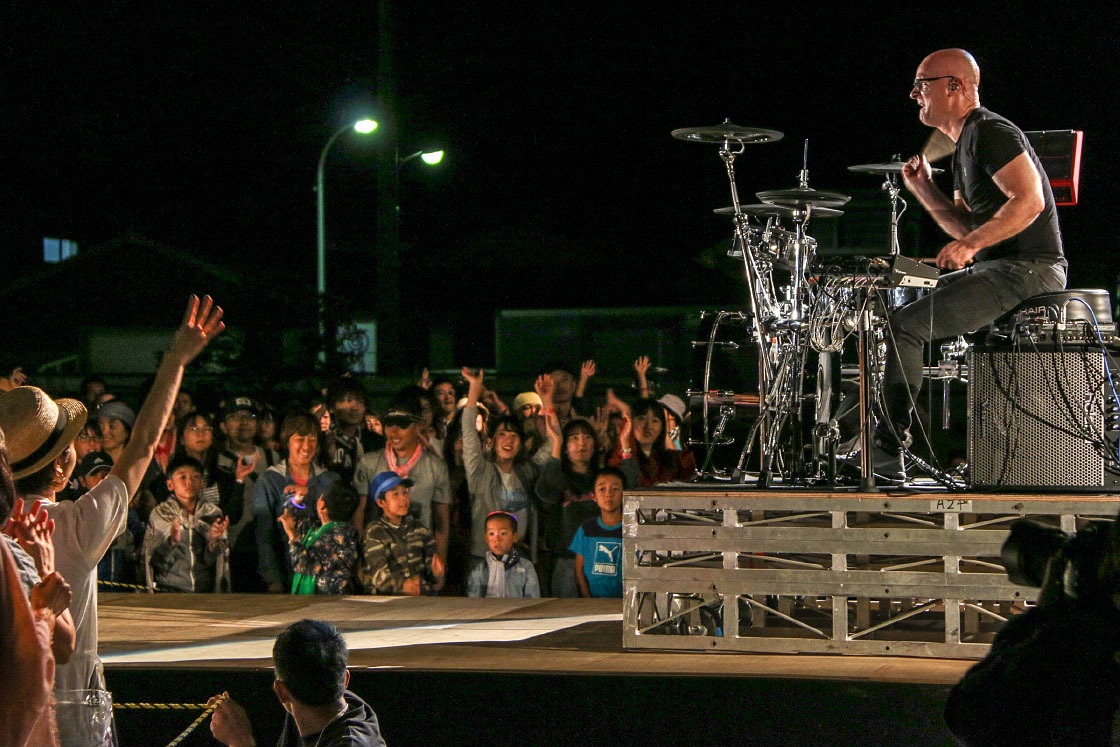
Perhaps the concert's highlight, however, started as the group's largest drum, their "odaiko," was placed center stage and approached by an extremely fit player wearing just a white shimekomi loincloth. Playing for over ten minutes without a break, the sheer endurance and concentration of this soloist captivated the silent audience, making for a stirring penultimate piece.
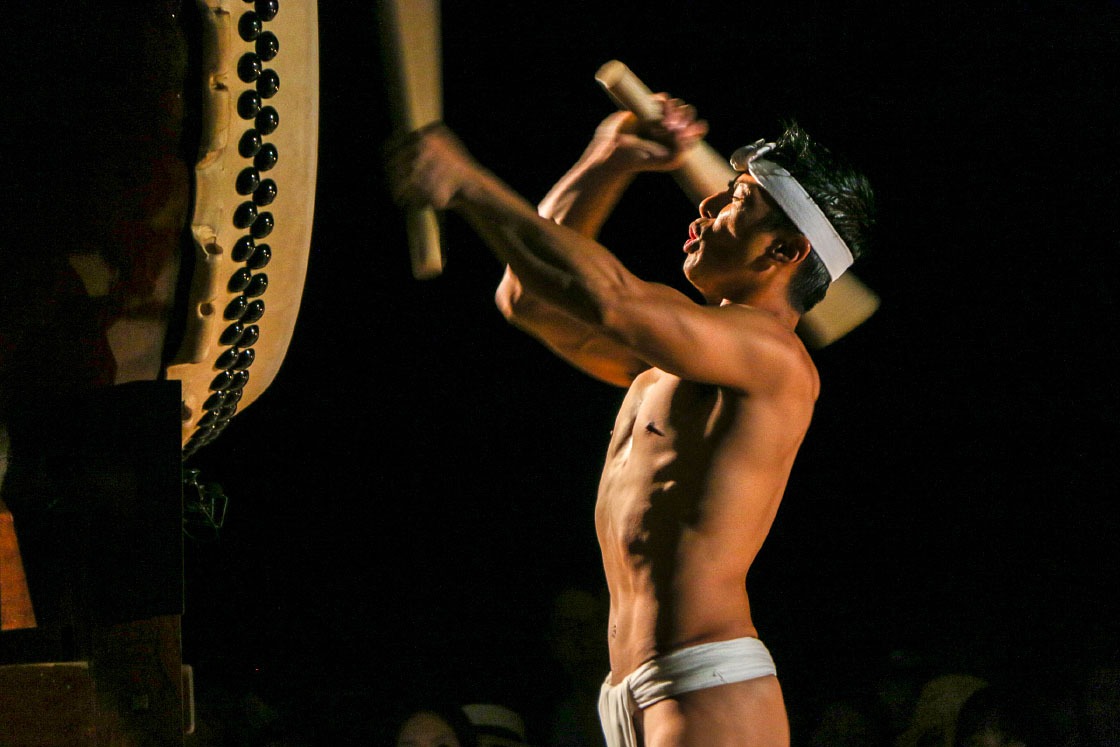
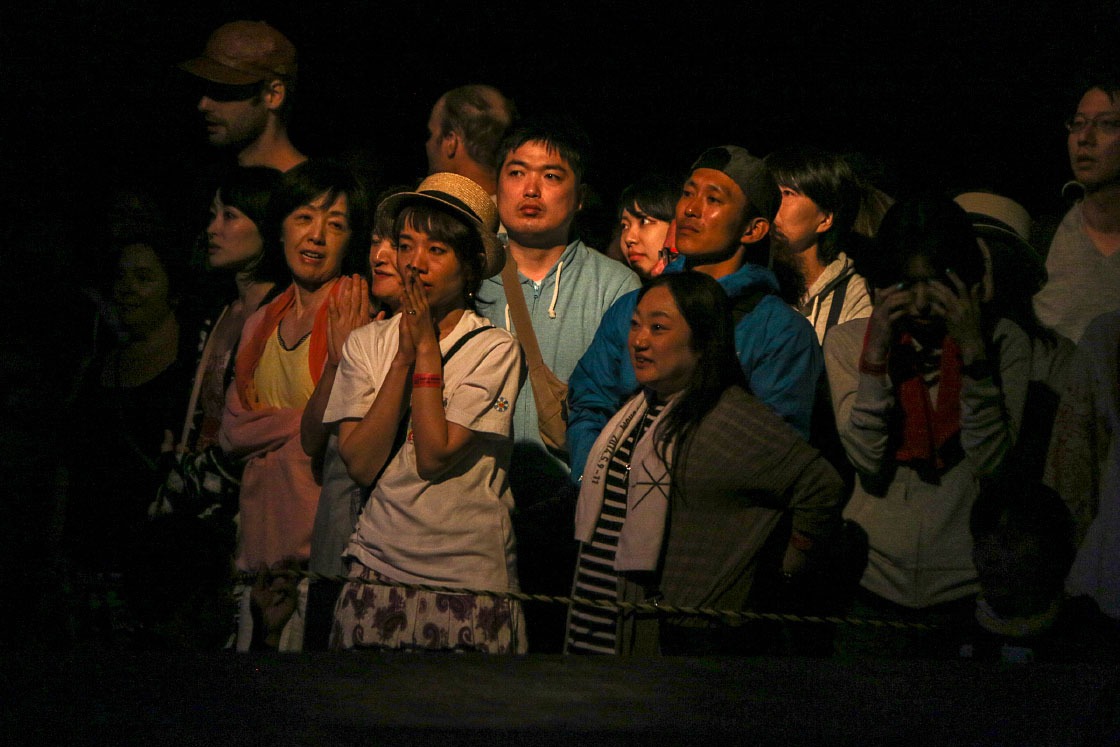
And after multiple much-demanded encores, the concert finished, sending everyone to their hotels and campsites (and the nearby food and drink stalls) with lots of energy for the next two days.
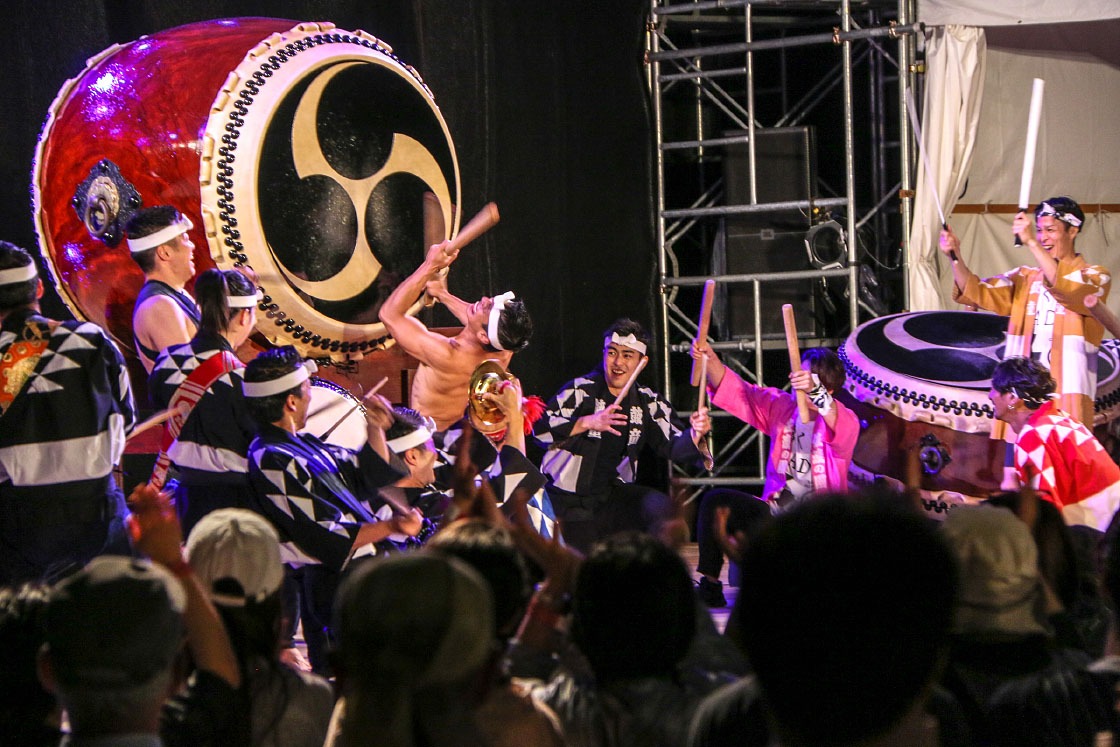
Day 2: Exploring Sado
My second day I decided to take the opportunity to simply check out some of Sado's natural beauty and interesting sights. Looking to start the day on high note, I couldn't think of a better spot than to head up into the mountains.
For being a fairly small island (you could easily drive around the entire perimeter in half a day if you were so inclined), Sado's volcanic history has blessed it with a varied landscape, including a mountainous northern half.
While the island's tallest mountain, Mt. Kinpoku, is famous for its picturesque "skyline" road (which also sports nice autumn colors in mid October), the neighboring peak of Mt. Donden was recommended to me by a knowledgable local for having arguably even better views. So I hopped in a car and hit the road.
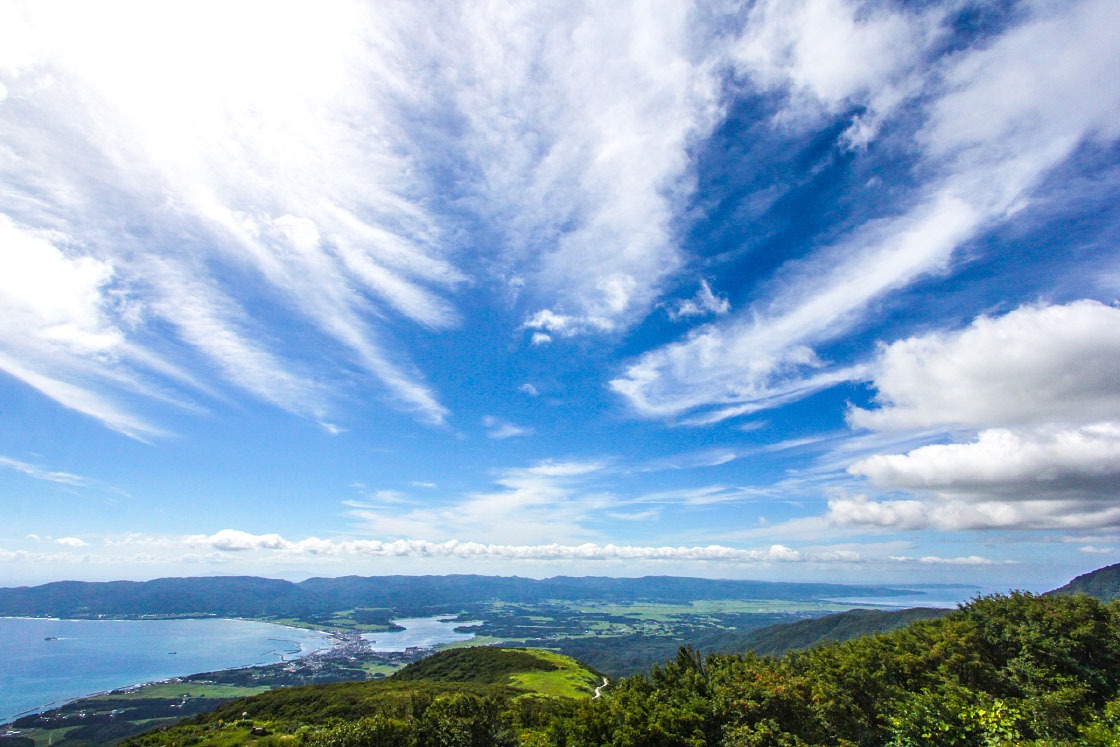
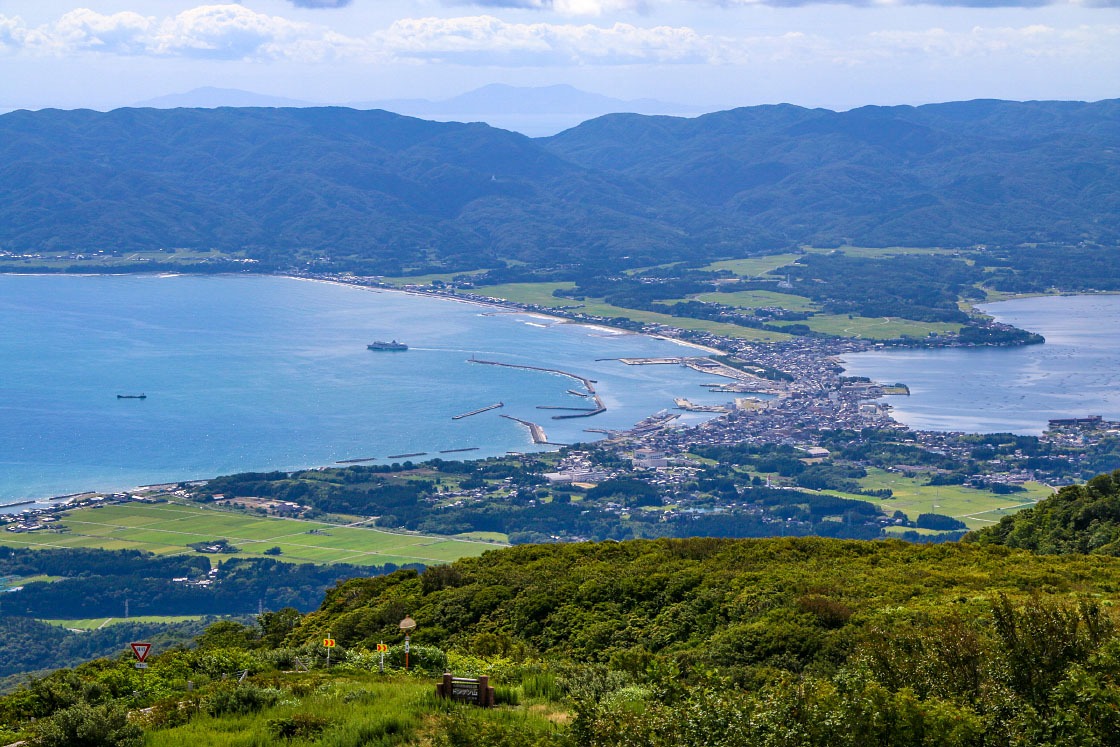
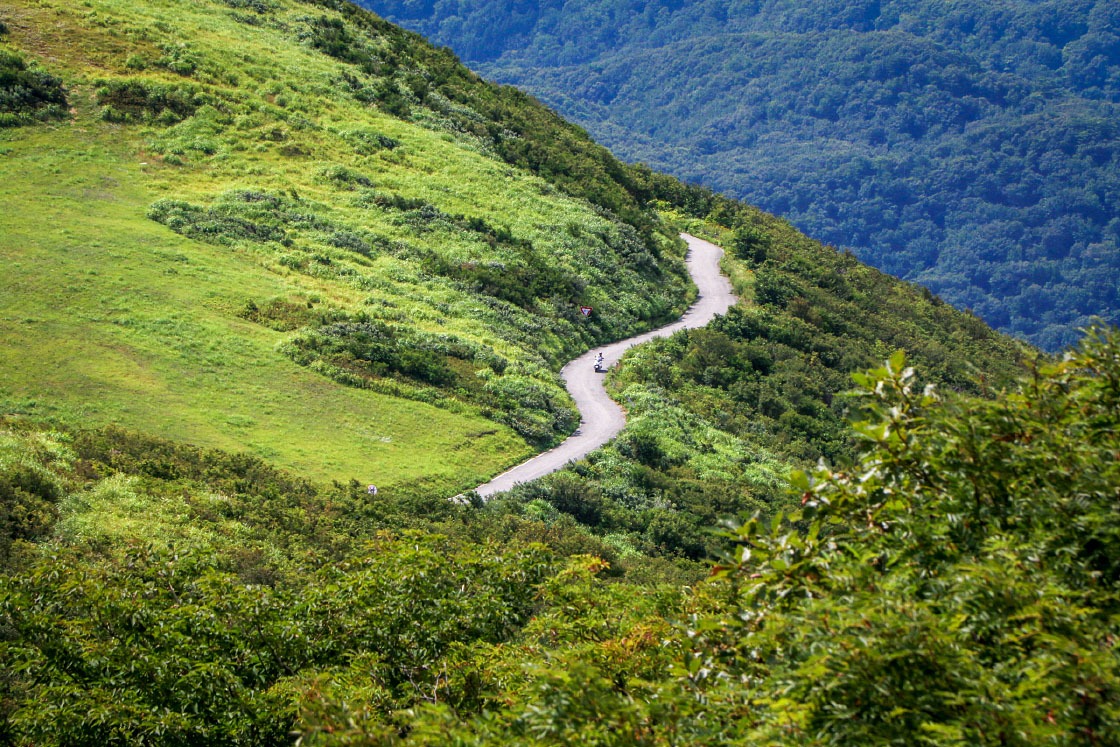
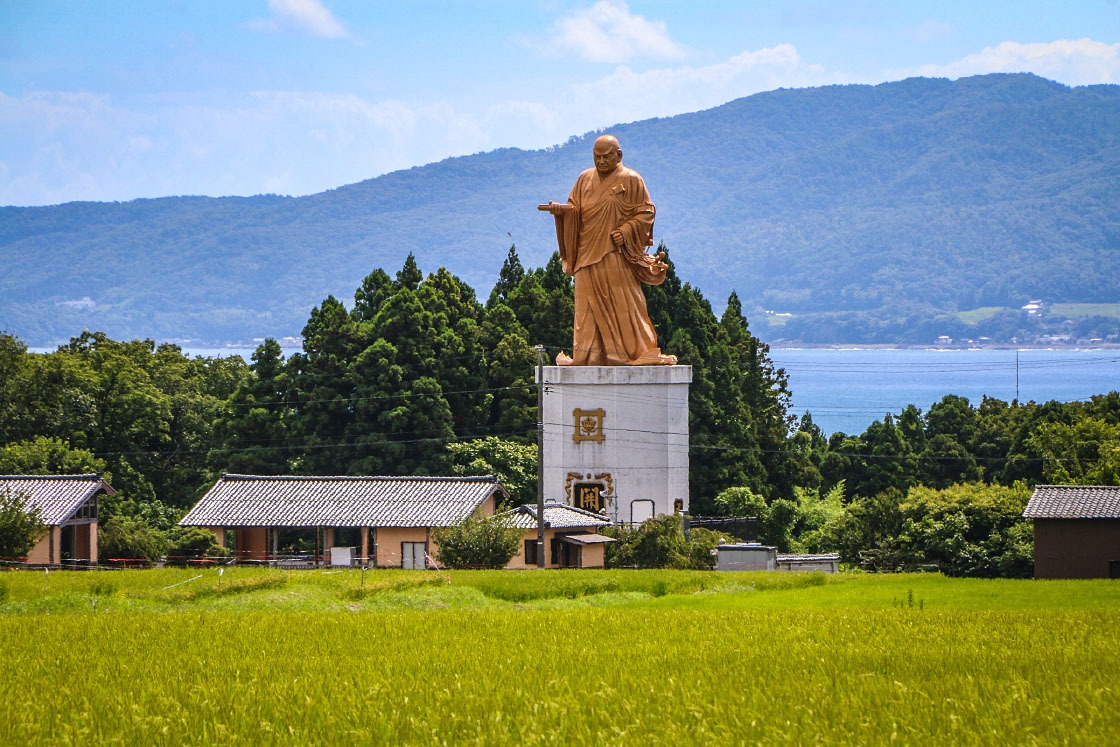
After taking in some of the mountain and rice field scenery, my next stop was to the ocean. Sado's coast, especially in the northwestern part of the island around Senkakuwan Bay, features some dramatic cliffs and strikingly cerulean water.
Exploring the island by car definitely had the advantage of making it easier to reach many of these locations on a flexible schedule (and I would highly recommend renting or ferrying one), but a patchwork of local buses are also available for visitors without a car.
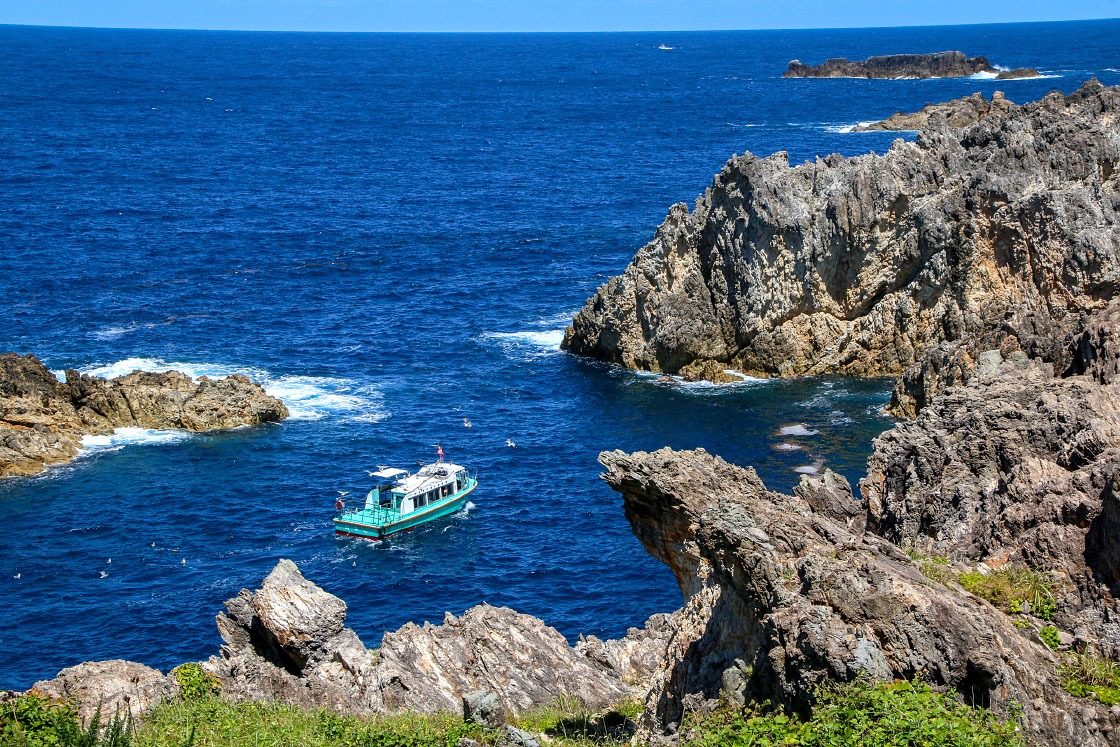
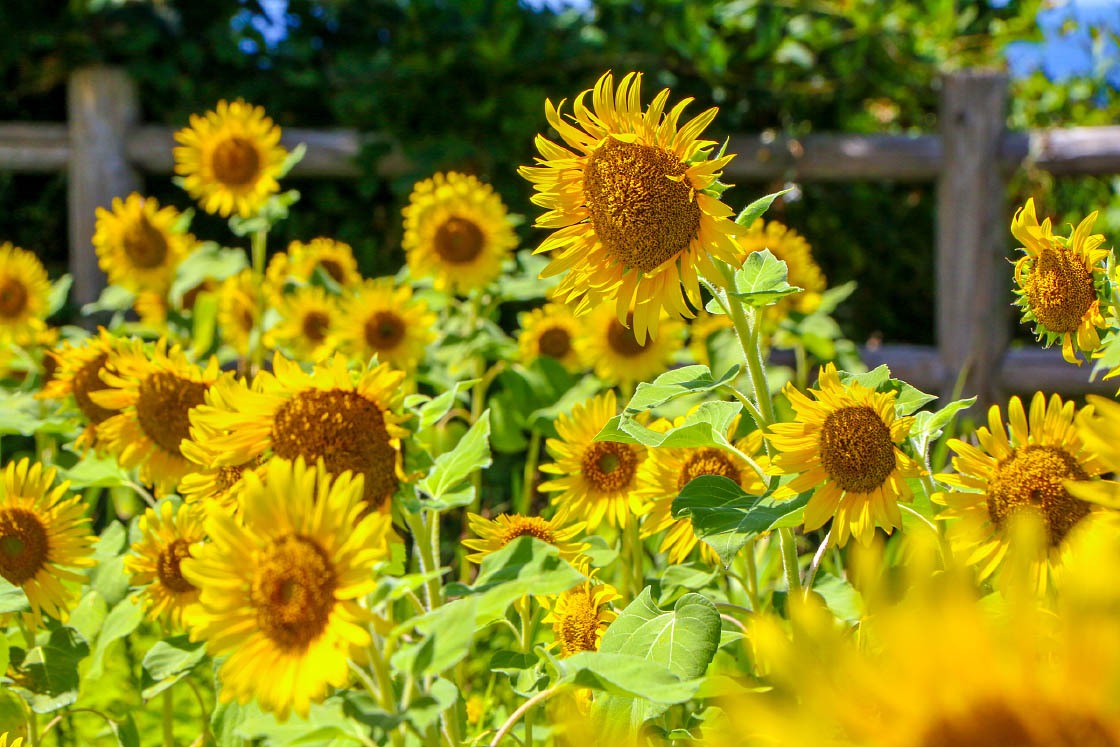
Another activity unique to Sado is a ride in a traditional taraibune tub boat. These mini boats were used by Sado fishermen to catch fish in shallow water near rocky shallows. Today, visitors can take rides in them themselves. A ride at sunset in the taraibune in the western village of Shukunegi is said to be a particularly memorable experience.
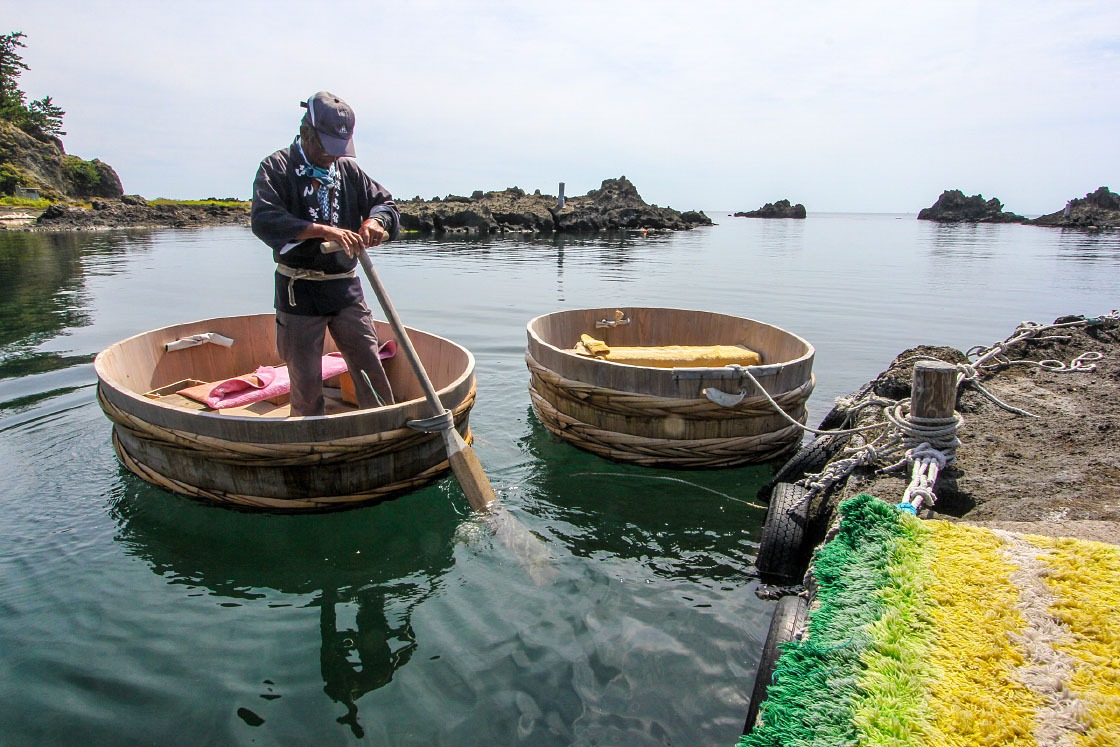
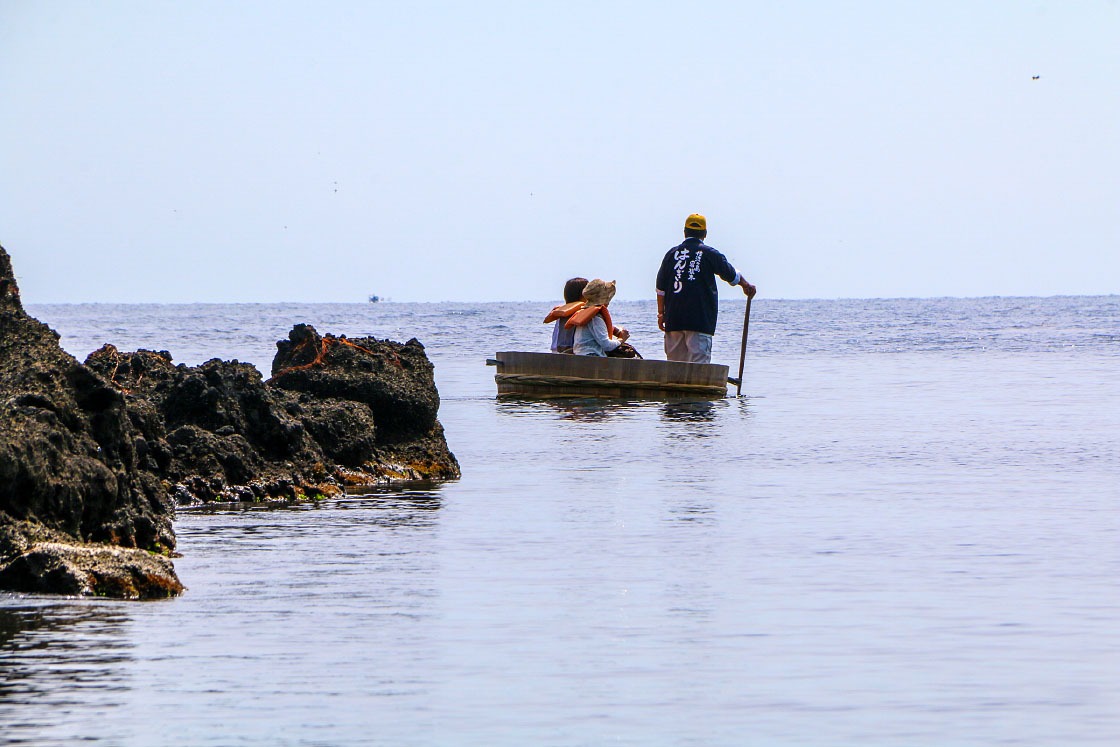
In addition to the natural scenery, the island's old towns and villages are worth exploring in themselves. In particular, the tiny former shipbuilding village of Shukunegi (just a few minutes' drive from Ogi) is a fascinating example of traditional craftsmanship on Sado, and is easy to appreciate simply walking through the town's narrow streets.
While exploring Shukunegi, fortunately for me the village's small public meeting hall was also being used during Earth Celebration as a small performance venue. And I happened to arrive just in time to catch a small show featuring some of Kodo's younger, up-and-coming musicians.
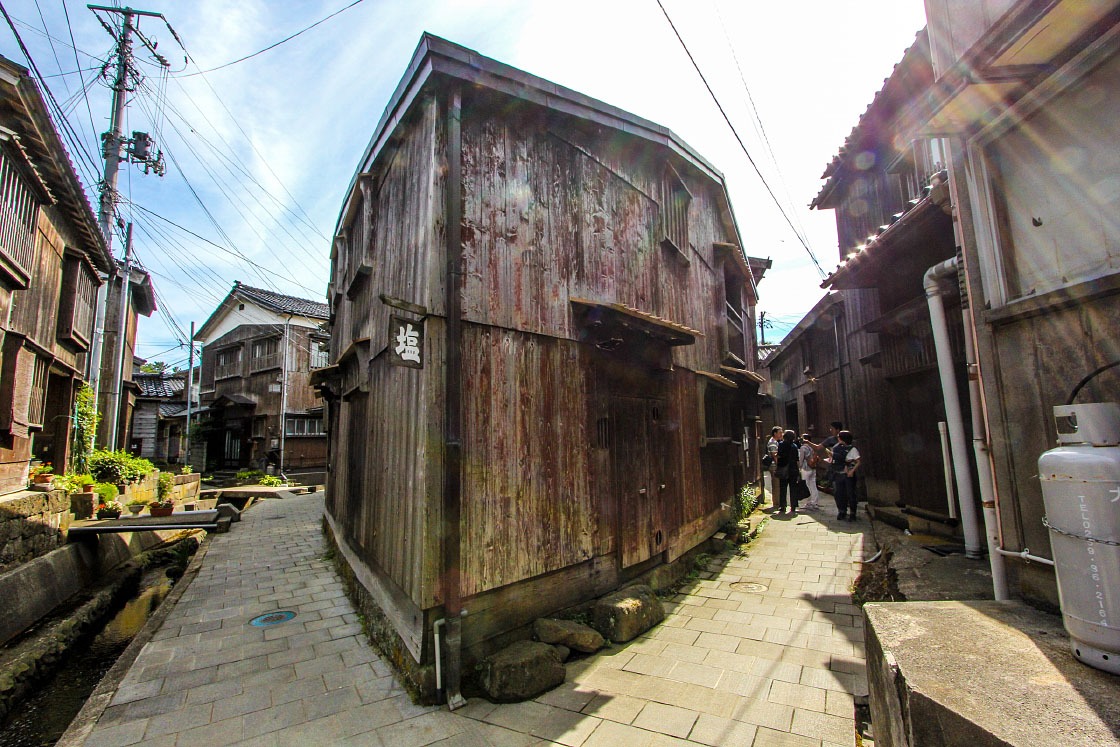
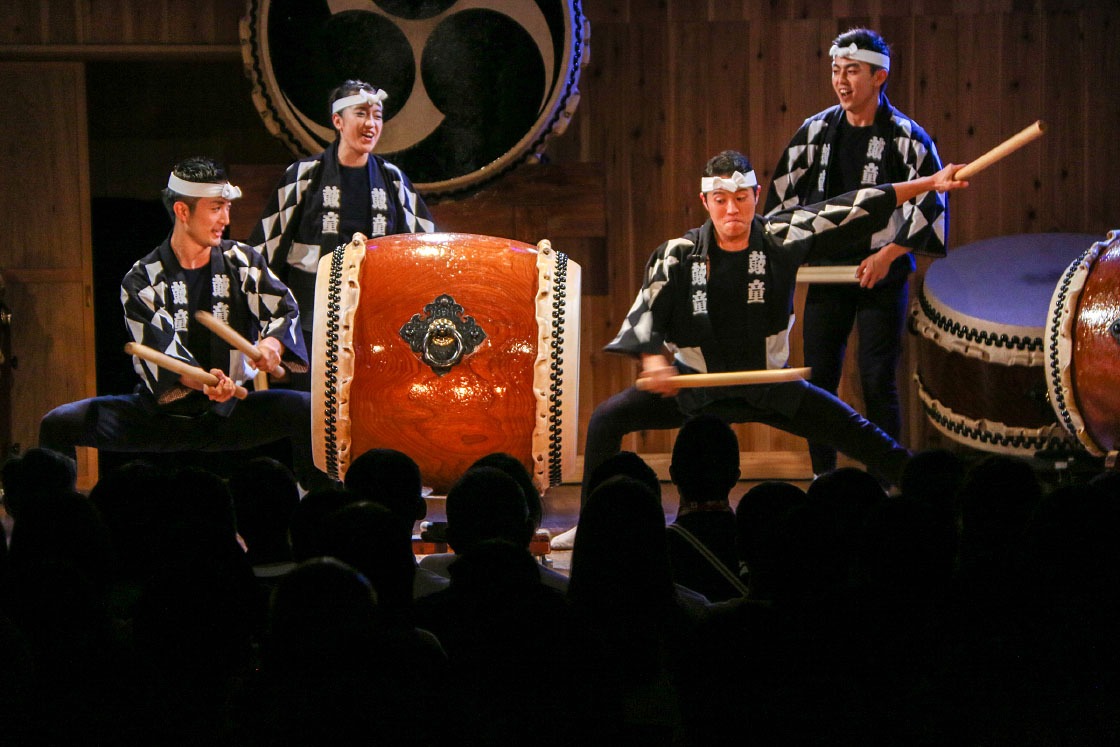
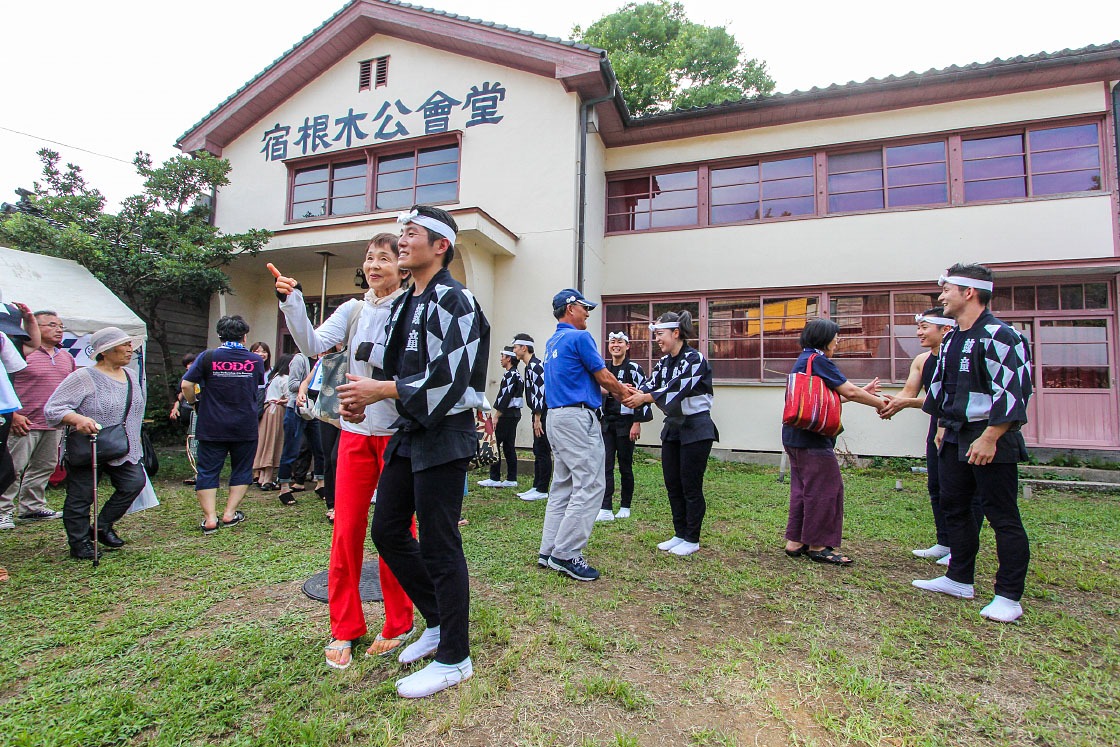
As the afternoon was coming to an end, I decided to prepare myself and check in at my next accommodation for the night. While I was able to stay at a comfortable hotel near Ryotsu Port the night before, tonight, to save some money and be closer to the festivities in Ogi, I decided to stay this night in a tent just next to the small but pretty Sobama Beach.
Renting a tent for the night costs about 3000 yen (tent only, 2-4 people), and using a camp space with your own tent is 1200 yen (for 2 or more people, 600 yen for 1 person). A shuttle bus occasionally runs between the beach and event sites during Earth Celebration as well.
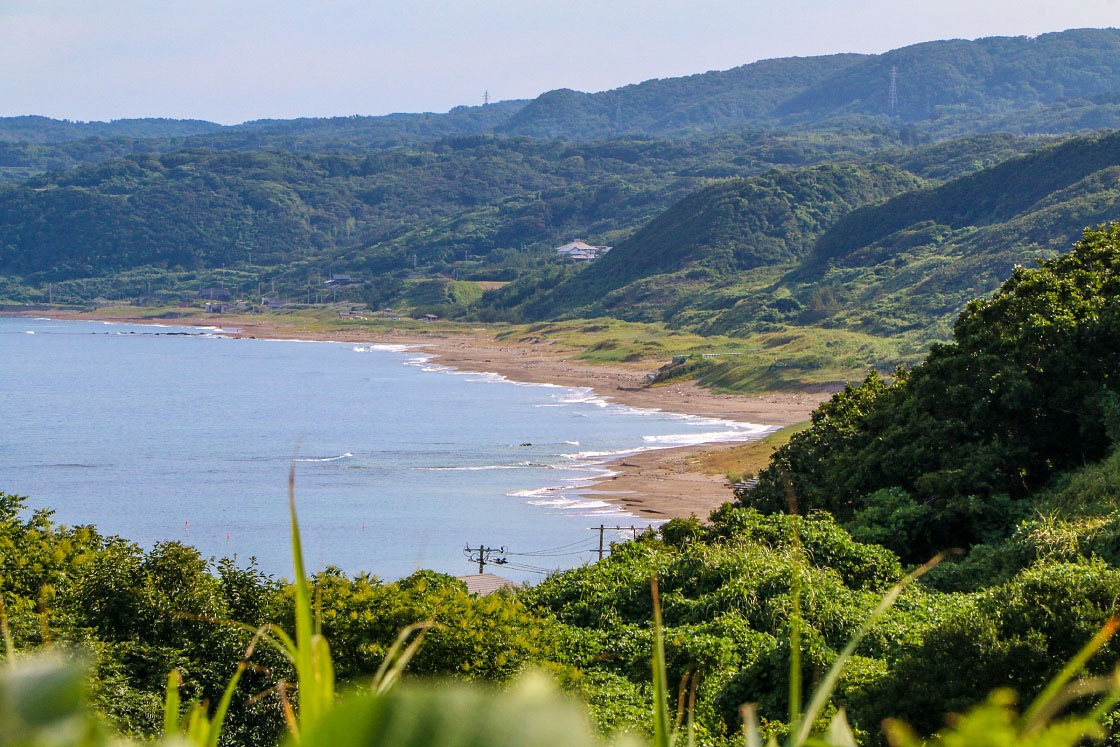
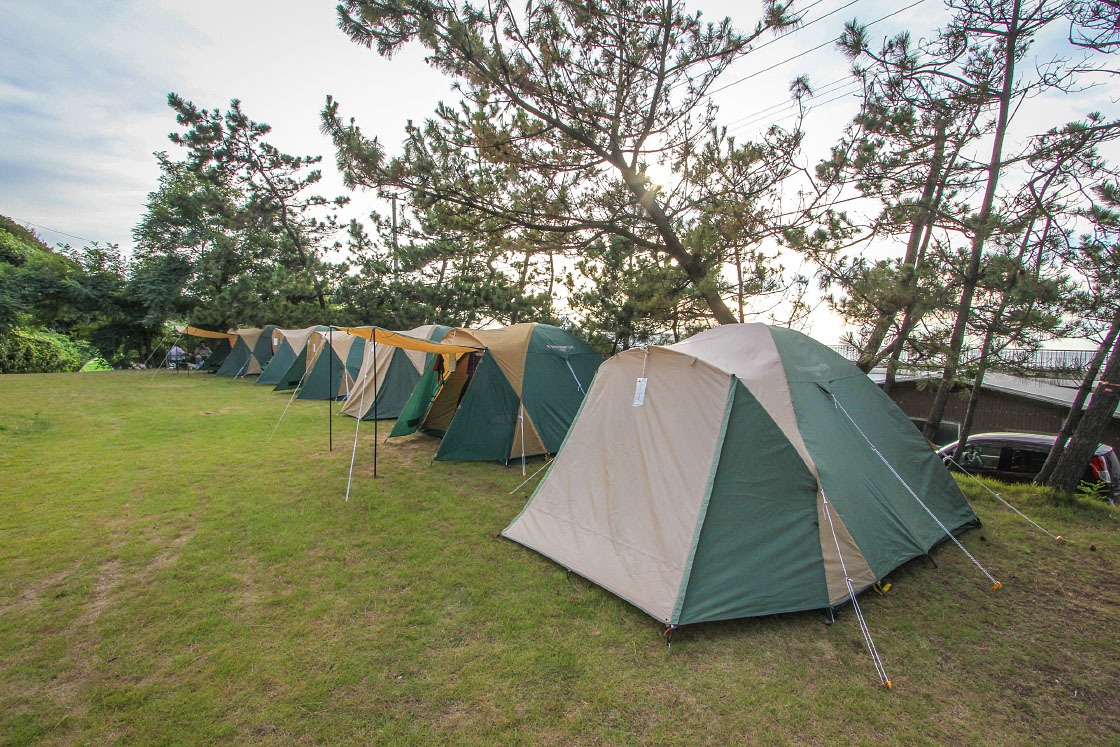
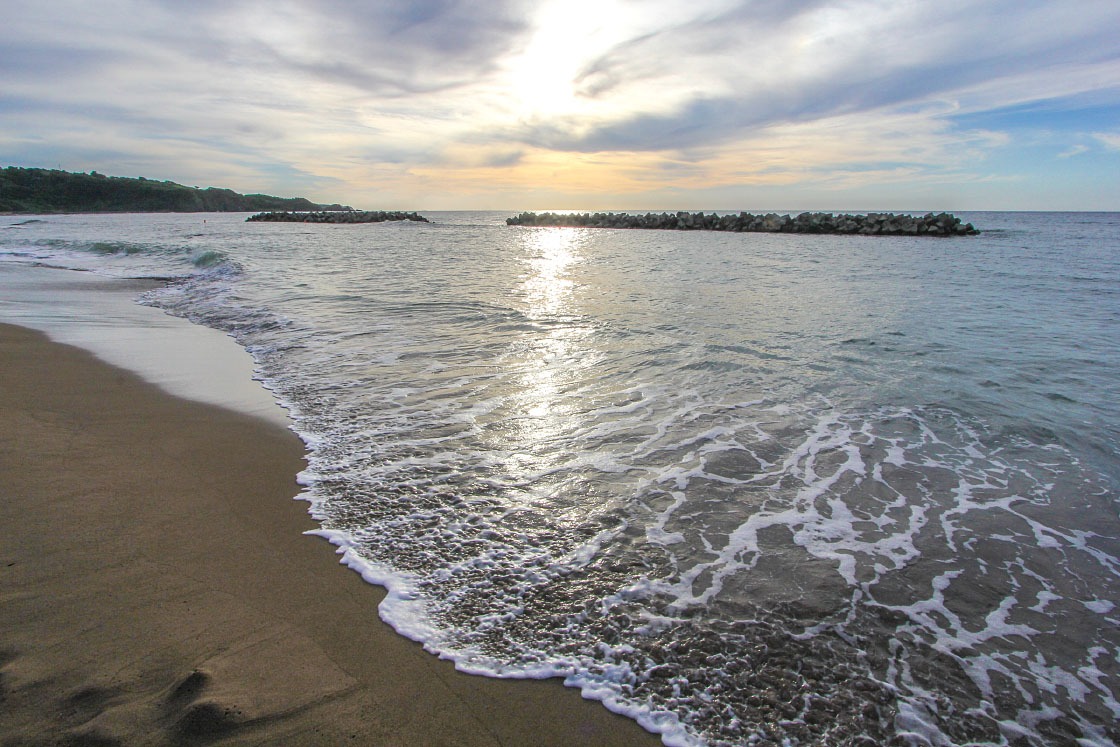
After checking in and enjoying the beach a little, I headed back over to Ogi for the night's mainstage concert. Before heading into the concert venue proper, though, it was nice to just stroll around the event's Harbor Market to peruse vendors' goods and get some food. The atmosphere was very laid back and friendly despite the bustle of visitors.
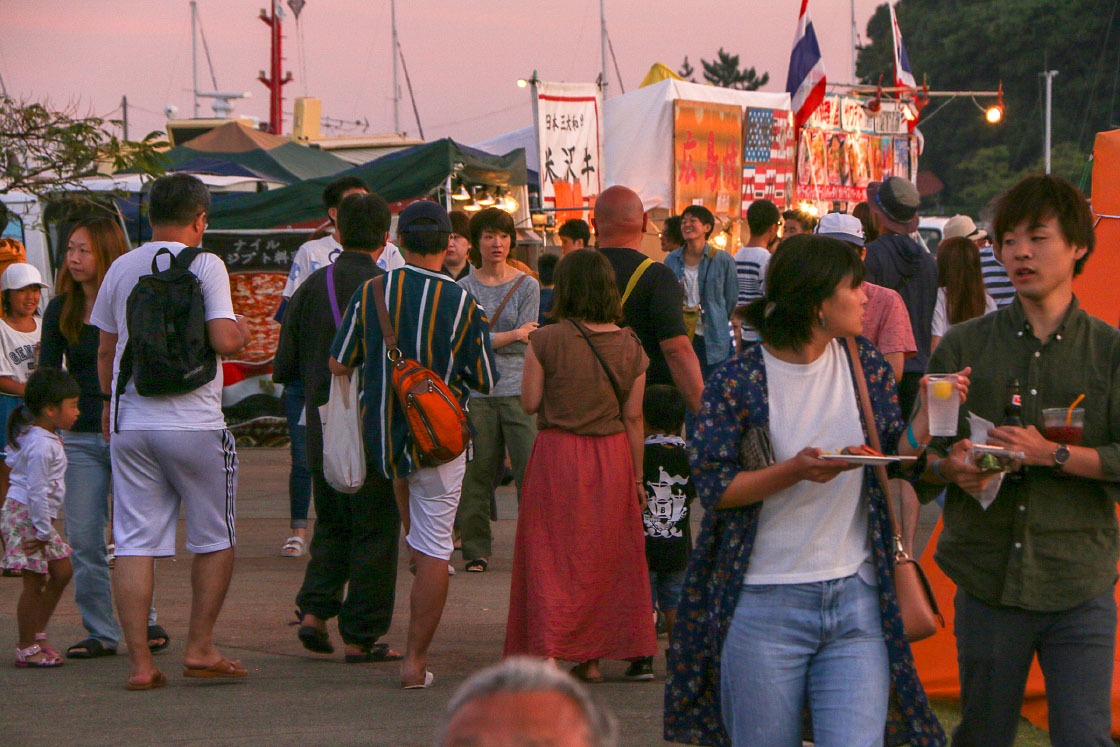
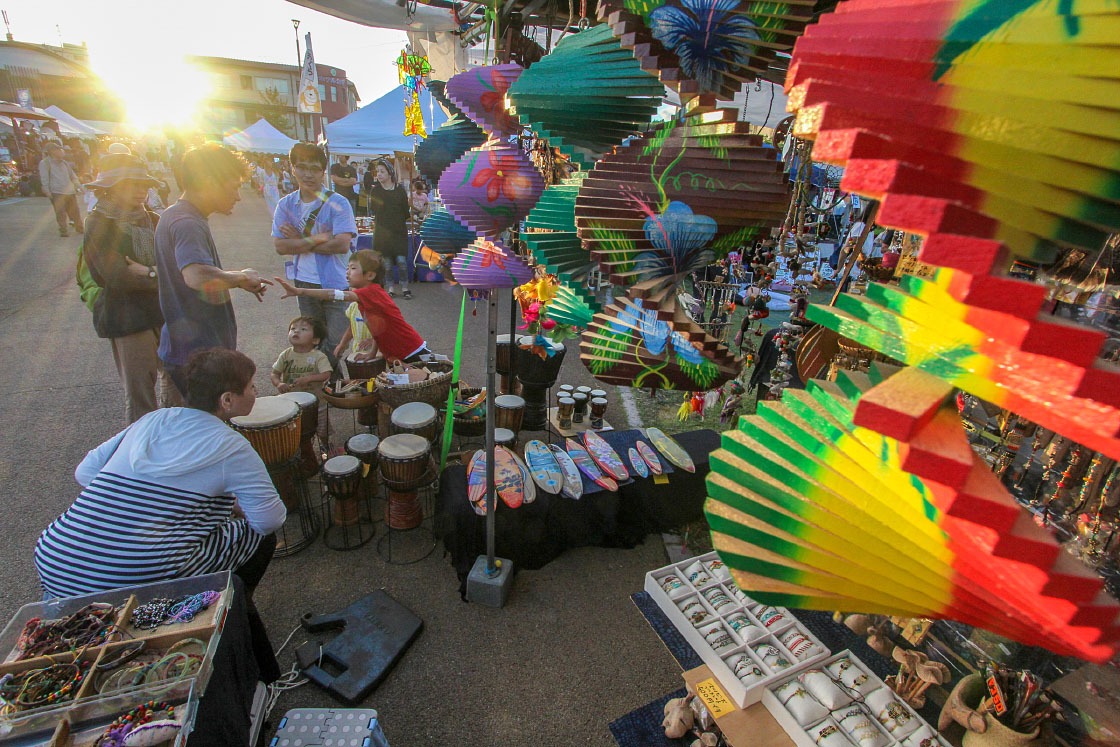
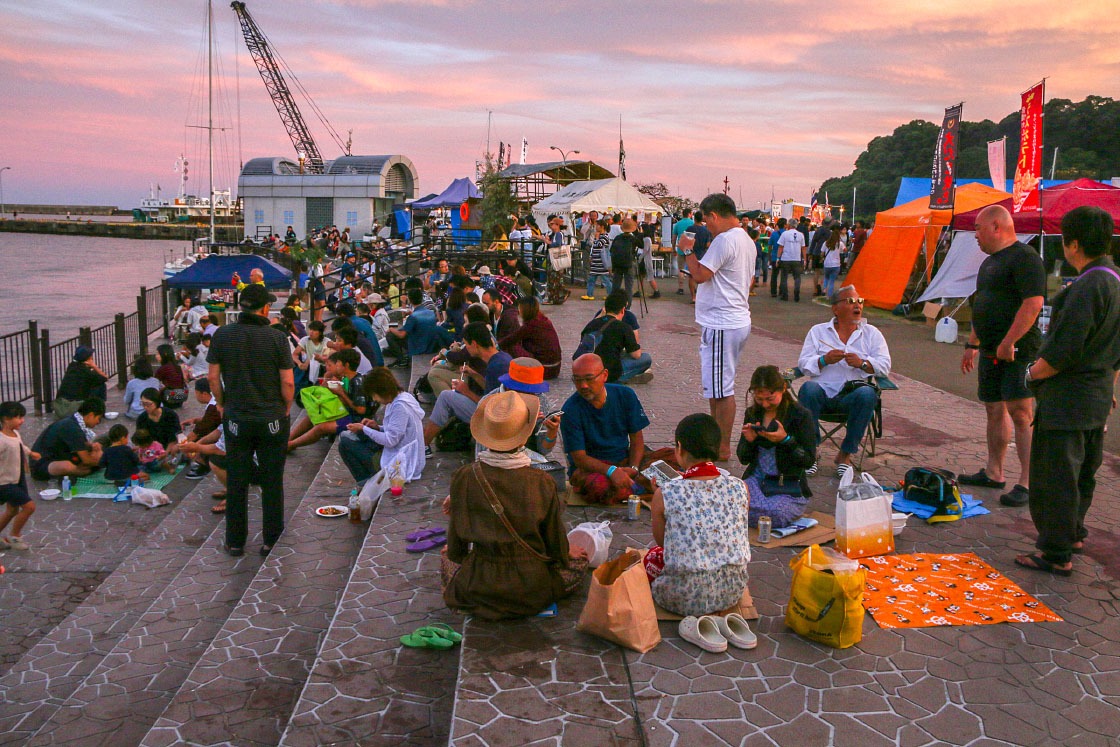
The second night's concert this year featured guest artists from Amami Island near Kyushu. They performed several fascinating traditional folk songs from Amami as well other collaborative pieces with members of Kodo and other guest performers.
After the show, visitors who wandered just a little bit into the streets of Ogi from the mainstage could find a boisterous circle dance called "Ogi Okesa." Like traditional bon odori dance in other parts of Japan, this was very much a dance meant for all to join in on; locals and visitors alike. Not one to say no to a chance to dance, I'd say my day ended on as high a note as it started.
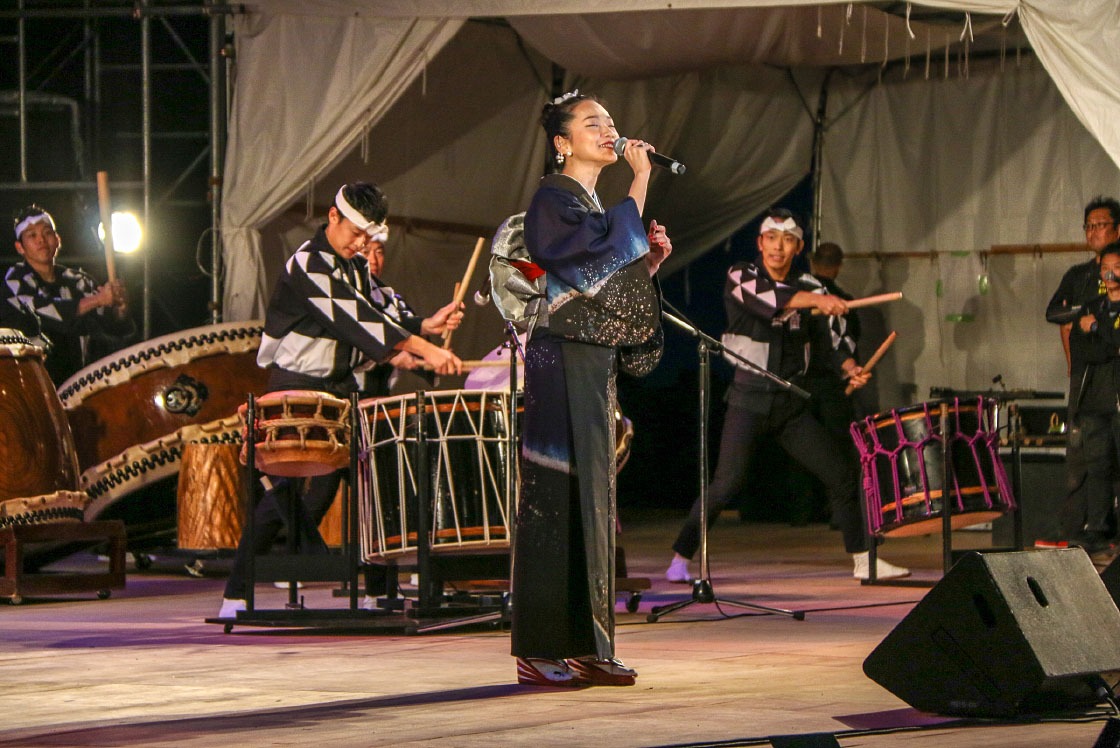
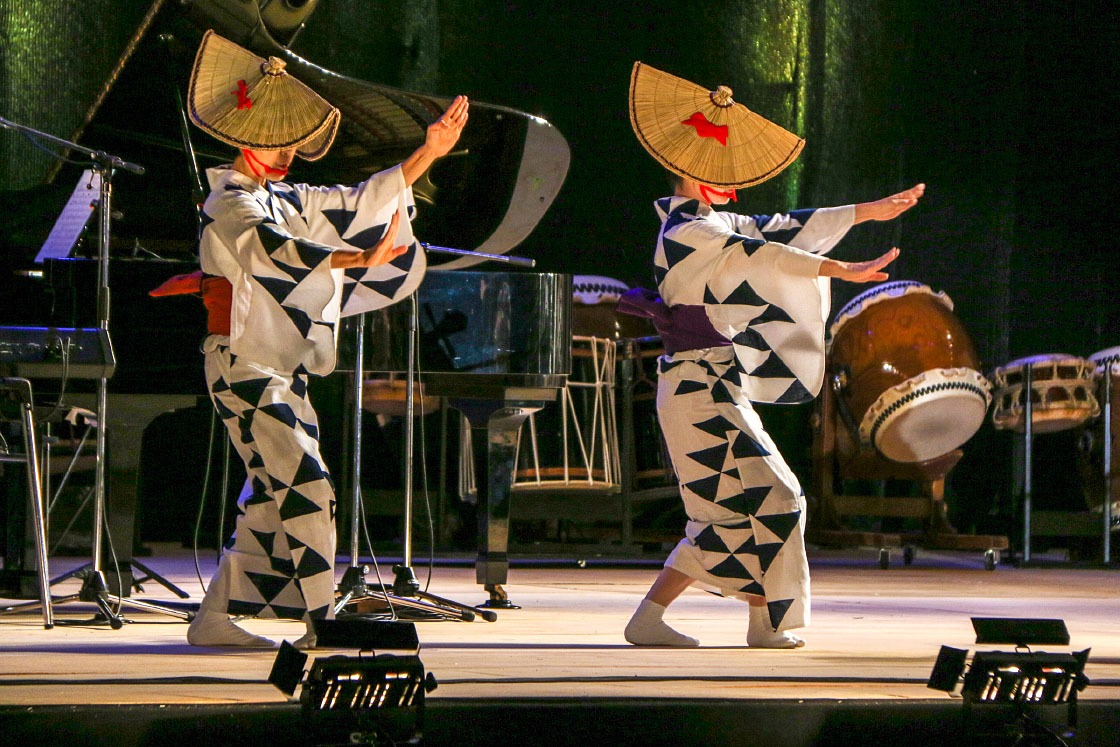
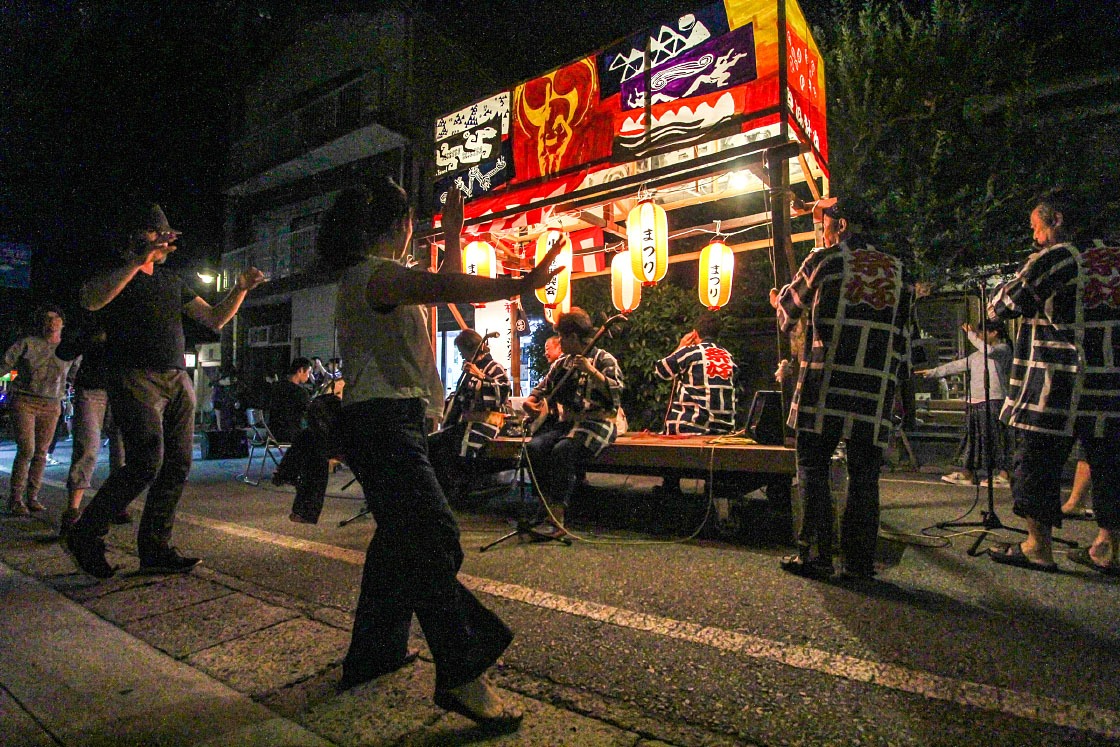
Day 3: Demon Dancing, Fringe Performances and One Last Show
I woke up fairly early on Sunday and headed back into Ogi where I was scheduled (and excited!) to join a morning workshop. On my way, I was surprised to run into an unlisted mini taiko performance by a few Kodo members happening in a small park next to the Harbor Market. Throughout the whole weekend, in fact, there were tons of these "fringe" performances going on at any given time, all over Ogi and nearby areas, by both Kodo musicians and guests from all over the world.
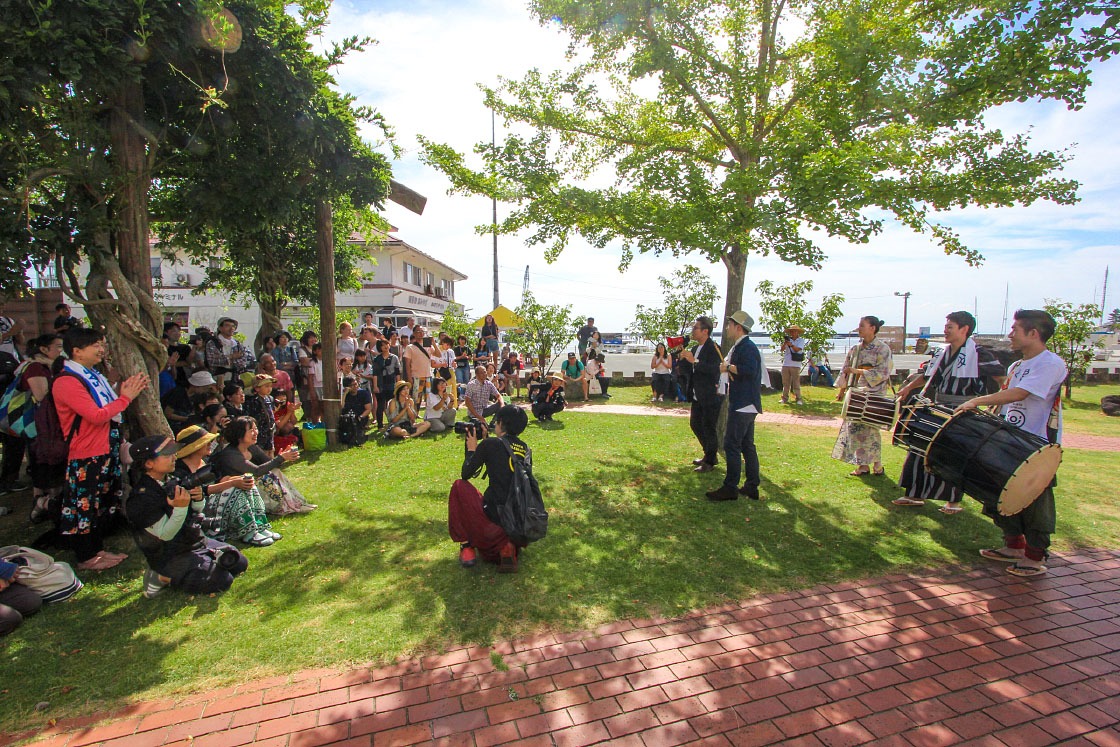
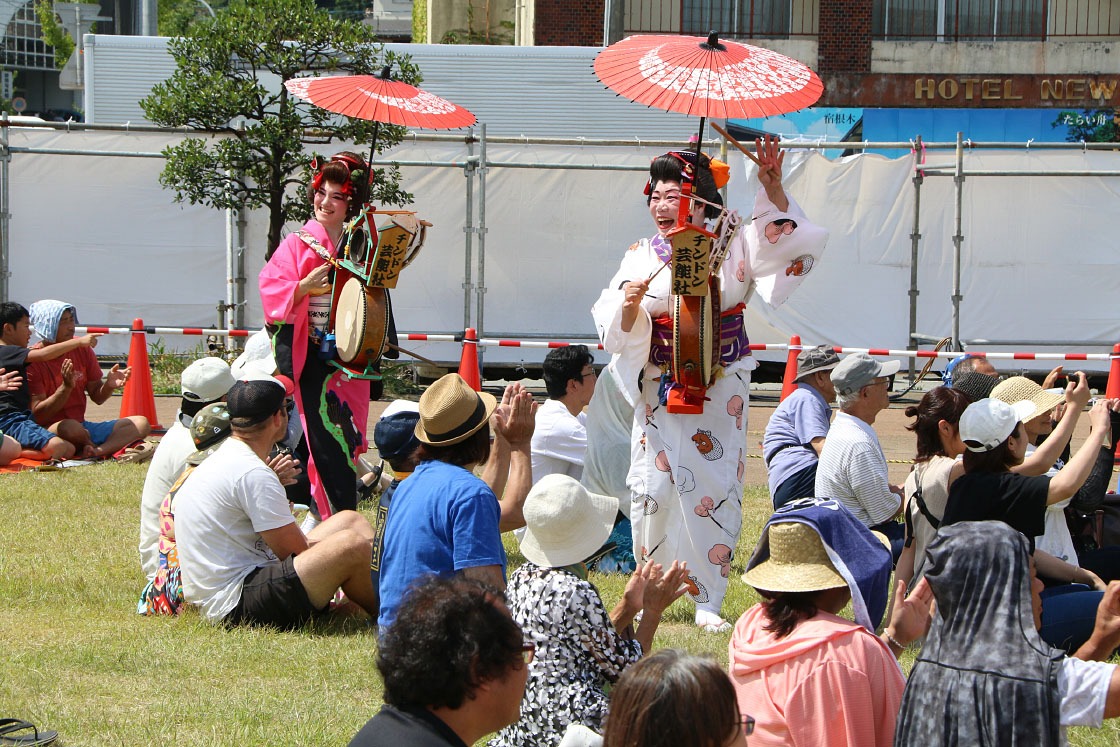
In addition to fringe and mainstage performances, another aspect of Earth Celebration is its interactive workshops. A feature of EC for many years, the workshops are a great way for both visiting taiko enthusiasts and casual tourists to get involved in the festival and learn more about Japanese culture. The workshops range from introductions to playing taiko to traditional dances to cooking classes.
As for me, I joined the onidaiko workshop.
While interesting festival and religious traditions can be found all across Japan, Sado has a unique traditional dance all its own. In almost every village and town on Sado, each community has its own onidaiko (literally "demon drum") group, with about 120 still active in total. Throughout the year special festivals are held in each community where players dress in their community's oni mask and costume and perform a wild, otherworldly dance to the driving beat of a taiko drum.
While "oni" is often translated as "demon," when donning the mask, Sado's oni are regarded more as benevolent deity whose dance brings good blessings and a strong sense of community.
This workshop offered a special chance for EC guests to learn and try a version of the dance themselves.
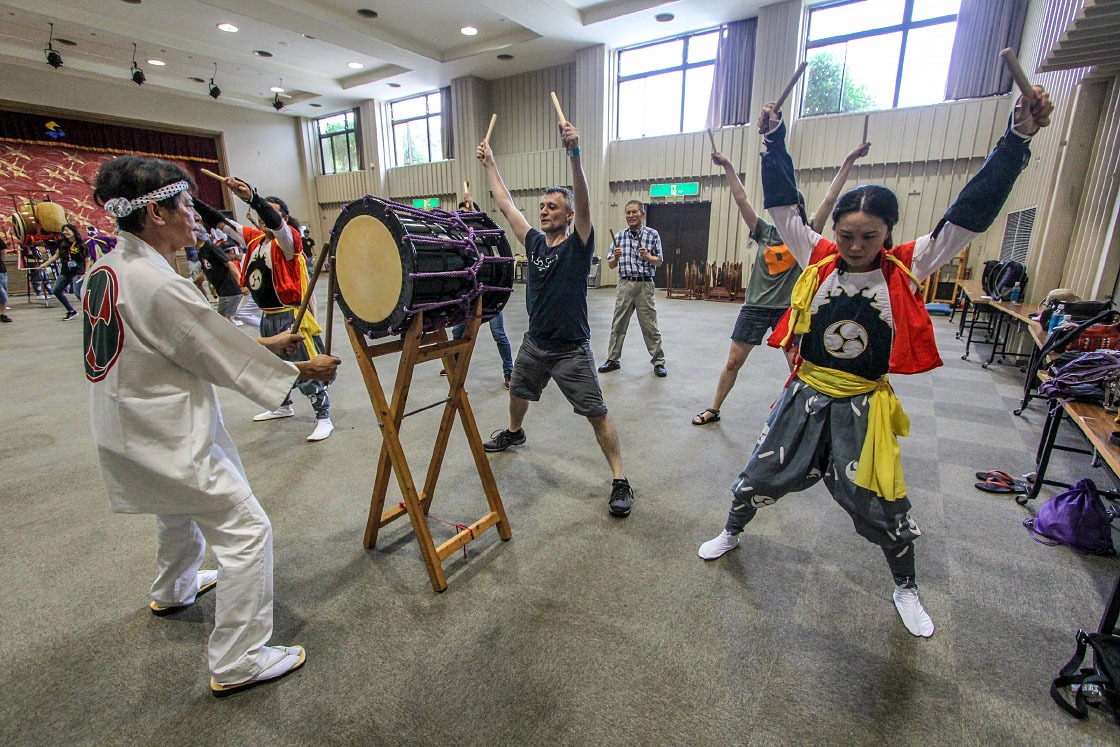
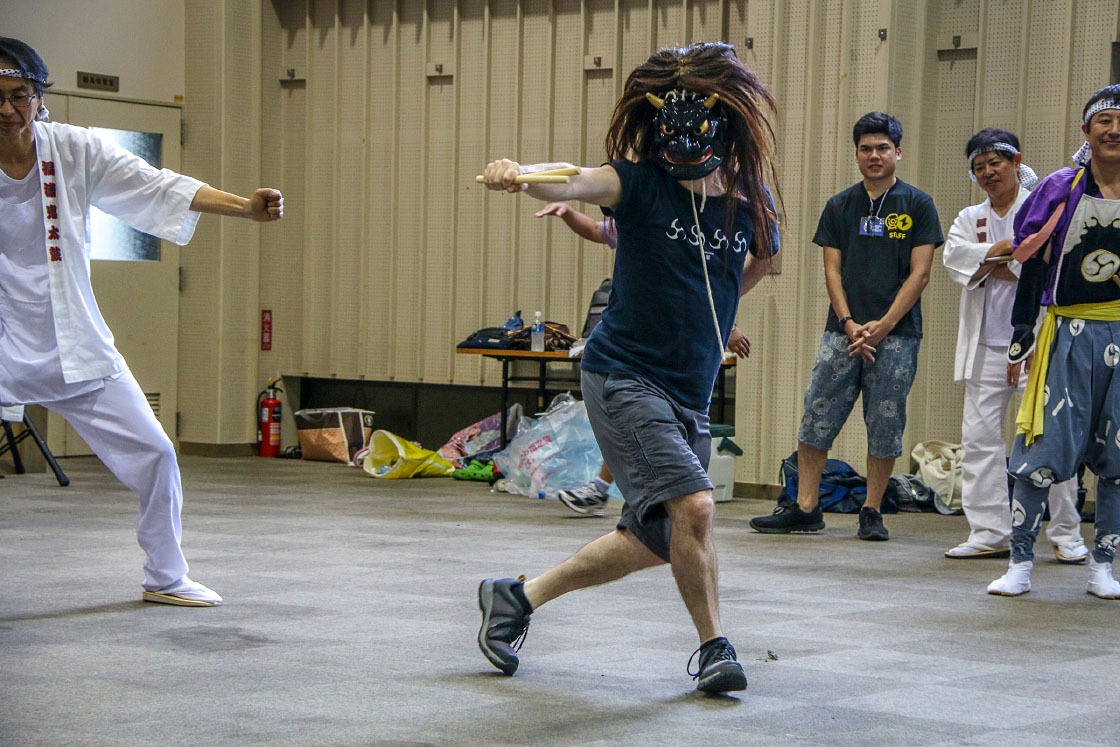
After learning the dance, and making some new friends with my fellow brave workshop participants, we took to the streets of Ogi.
In the afternoon, several fringe performances were underway, including several other traditional dance groups native to Sado.
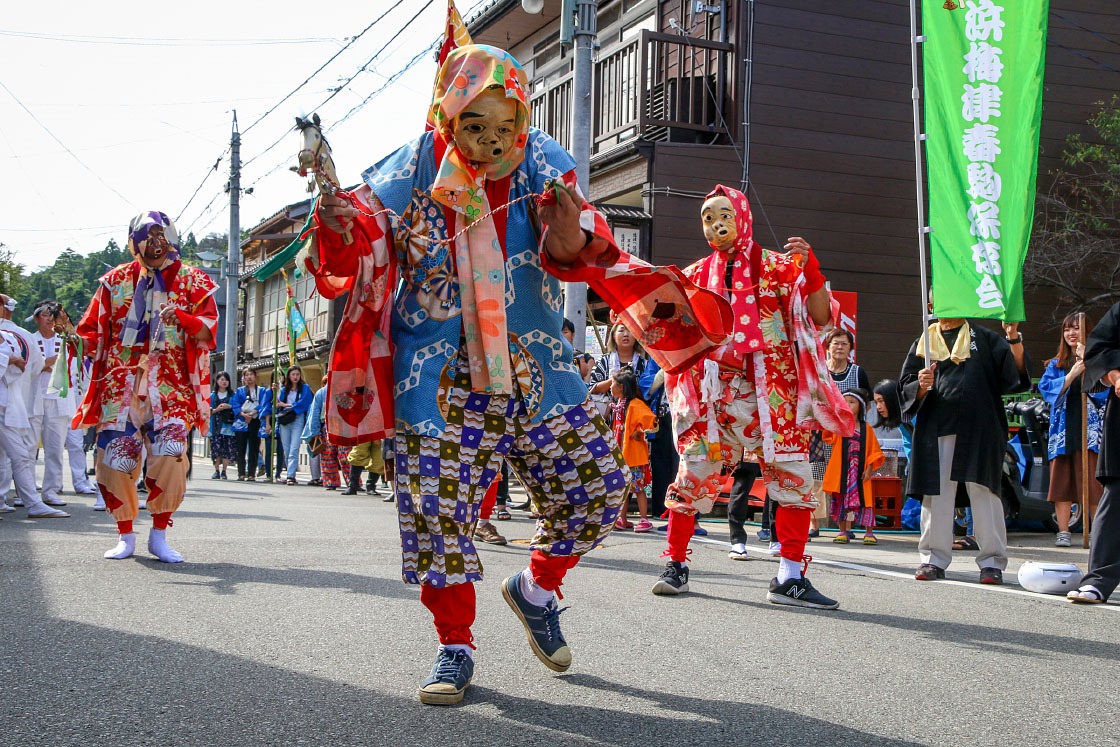
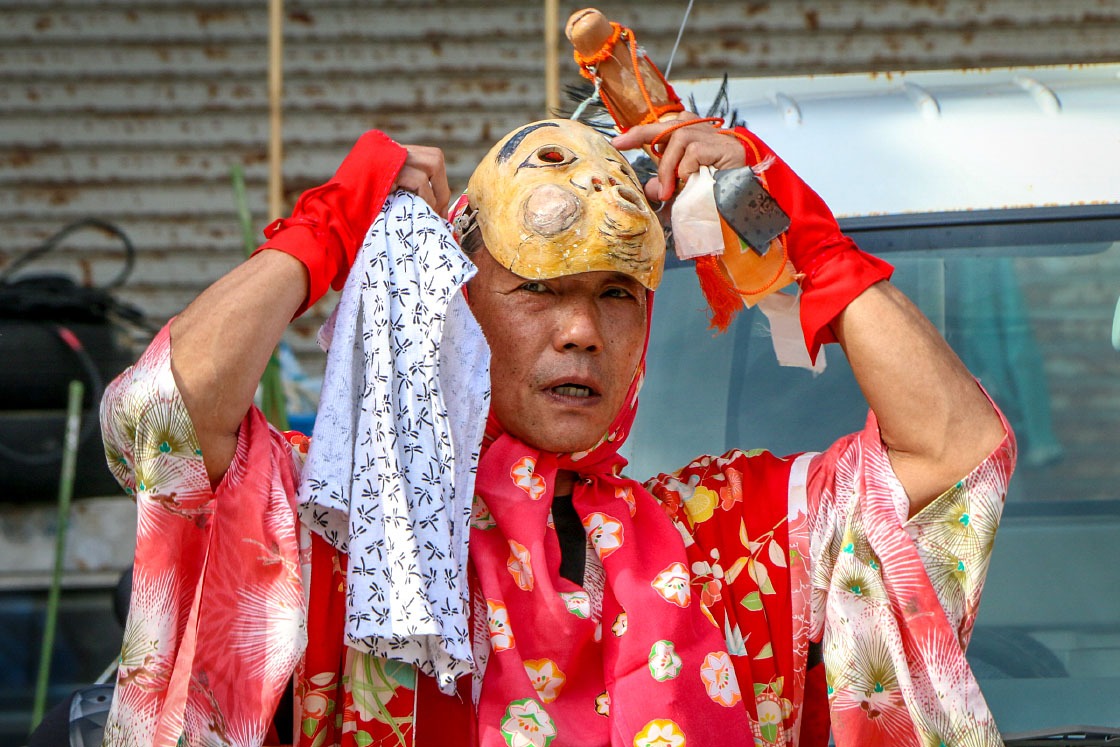
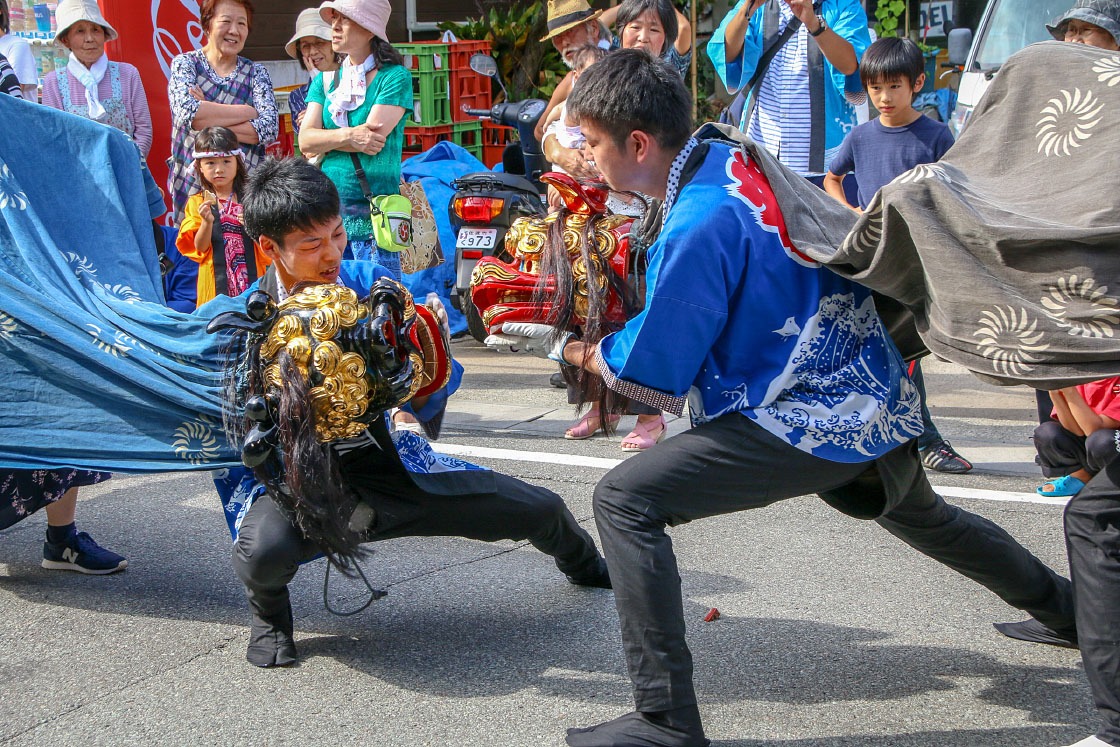
And then it was our group's turn. The onidaiko team from the town of Fukura, who taught us their dance that morning, got to perform their group's full haunting dance on the street.
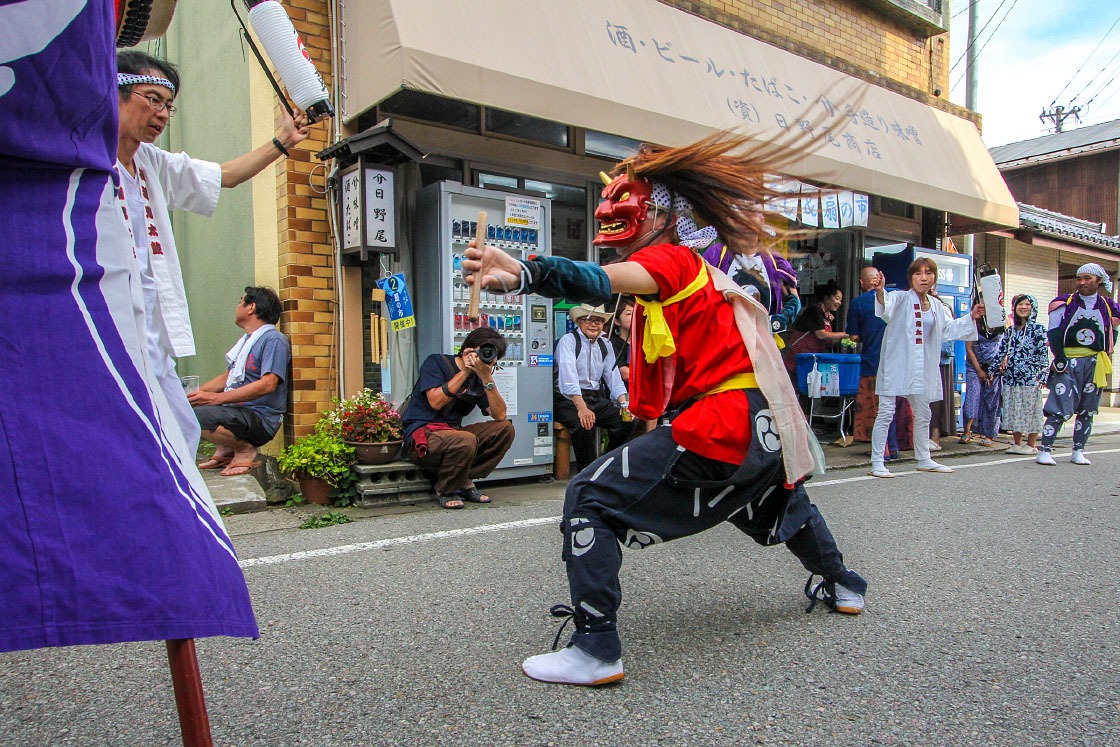
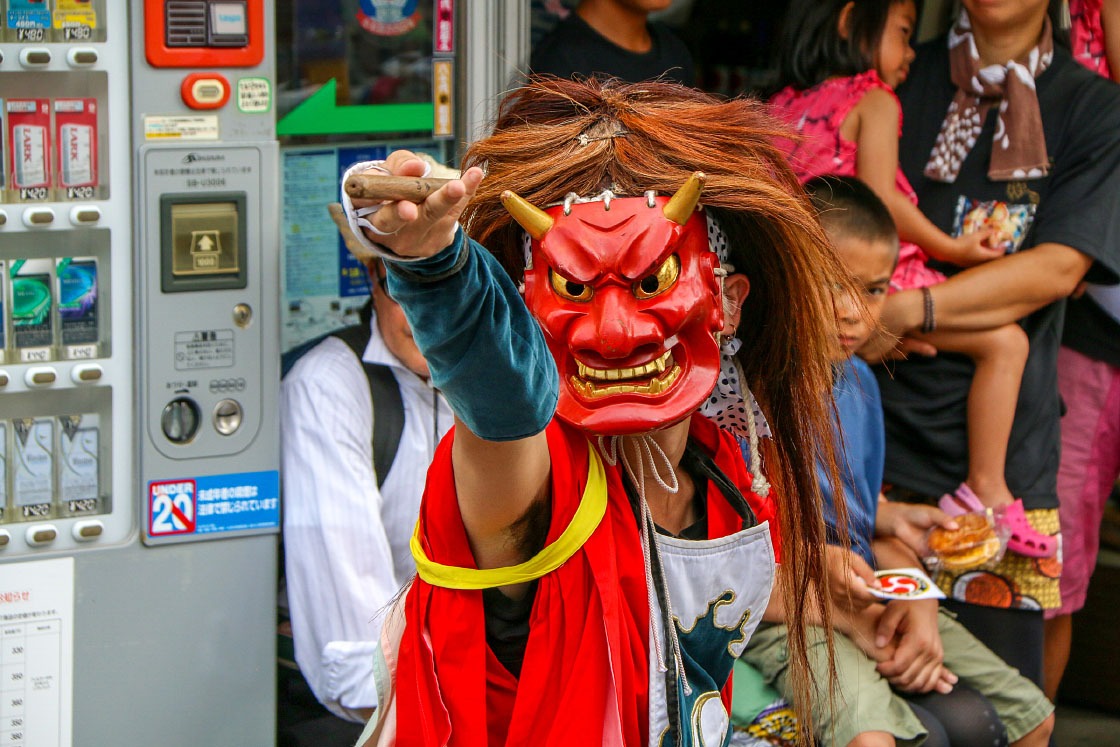
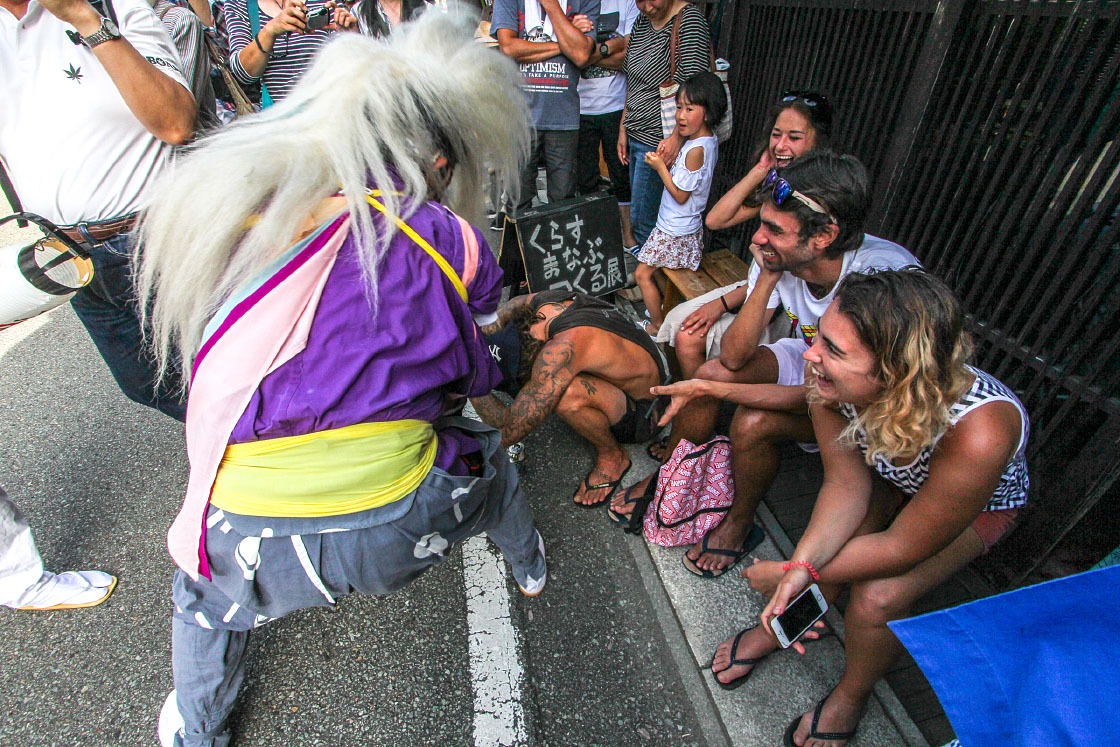
And then it was our turn! The participants of the workshop—including your humble author—got their own chance to dance for a real audience as well.
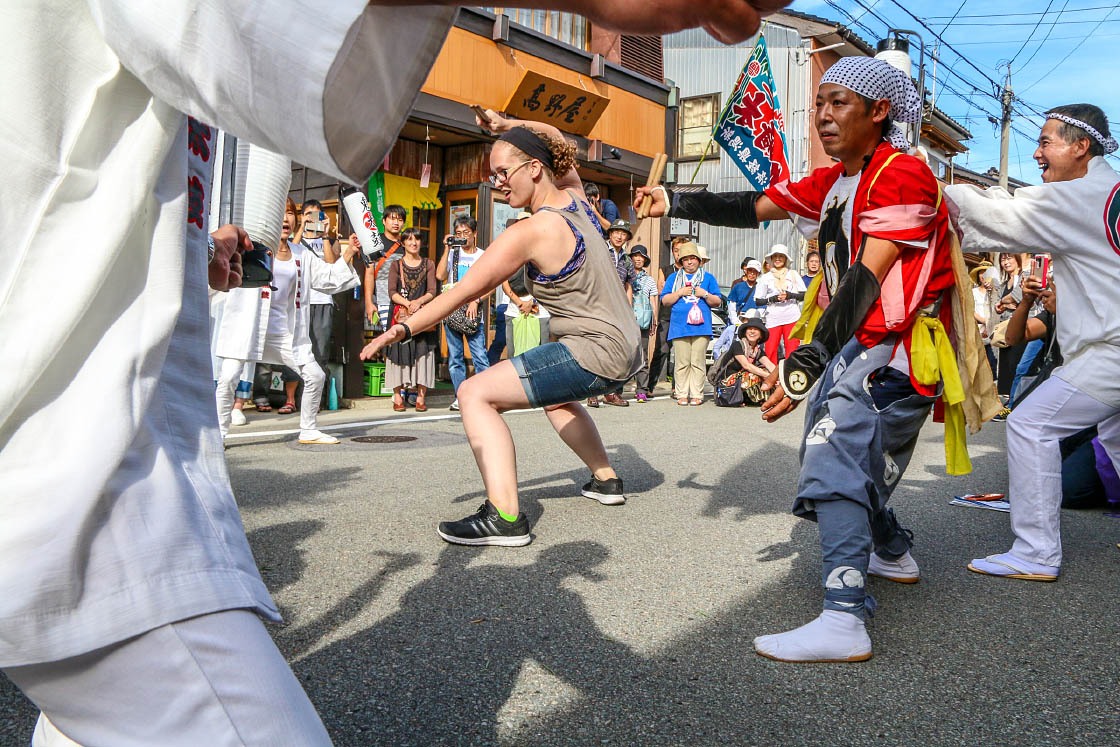
And before I knew it the sun was setting and the final concert of the festival was about to begin. The final night's concert—which sold out just that morning—was packed, both with guests and performers, as Kodo brought out its entire roster of members to the stage, including some "all-star" veterans.
The crowd was enthralled as Kodo played many of its energetic hits as well as interesting newer pieces. And by the end, the audience was on its feet celebrating a clearly well-enjoyed experience, maybe with a touch of sadness to see it have to come to an end.
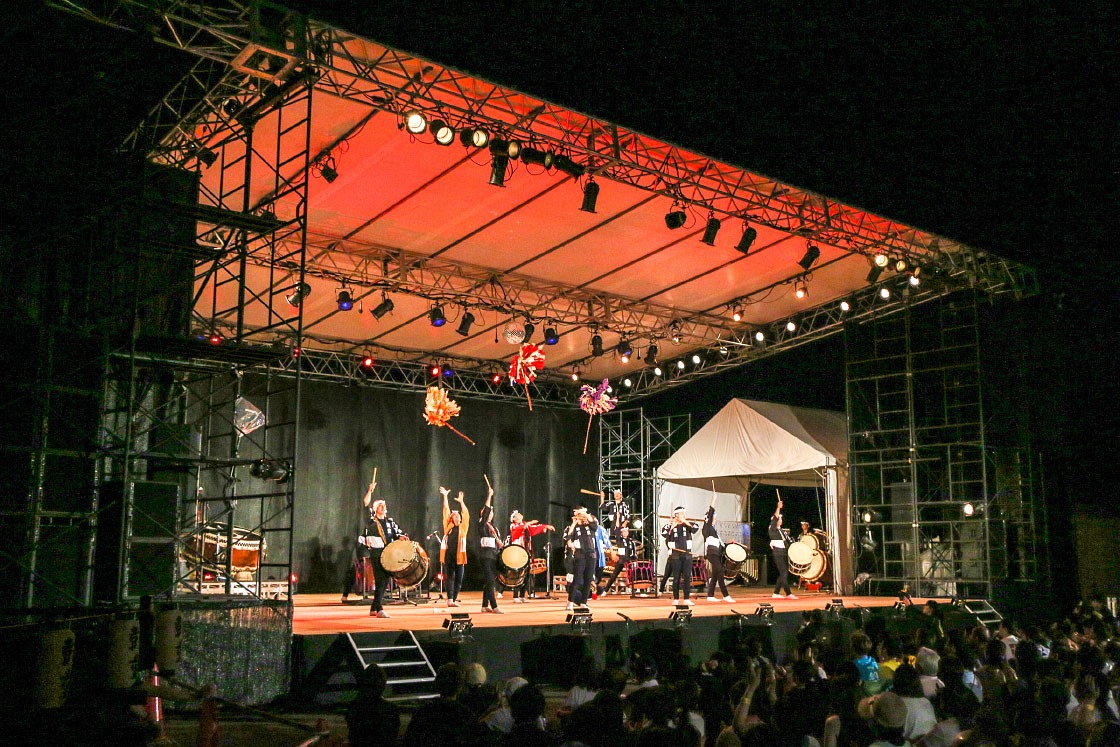
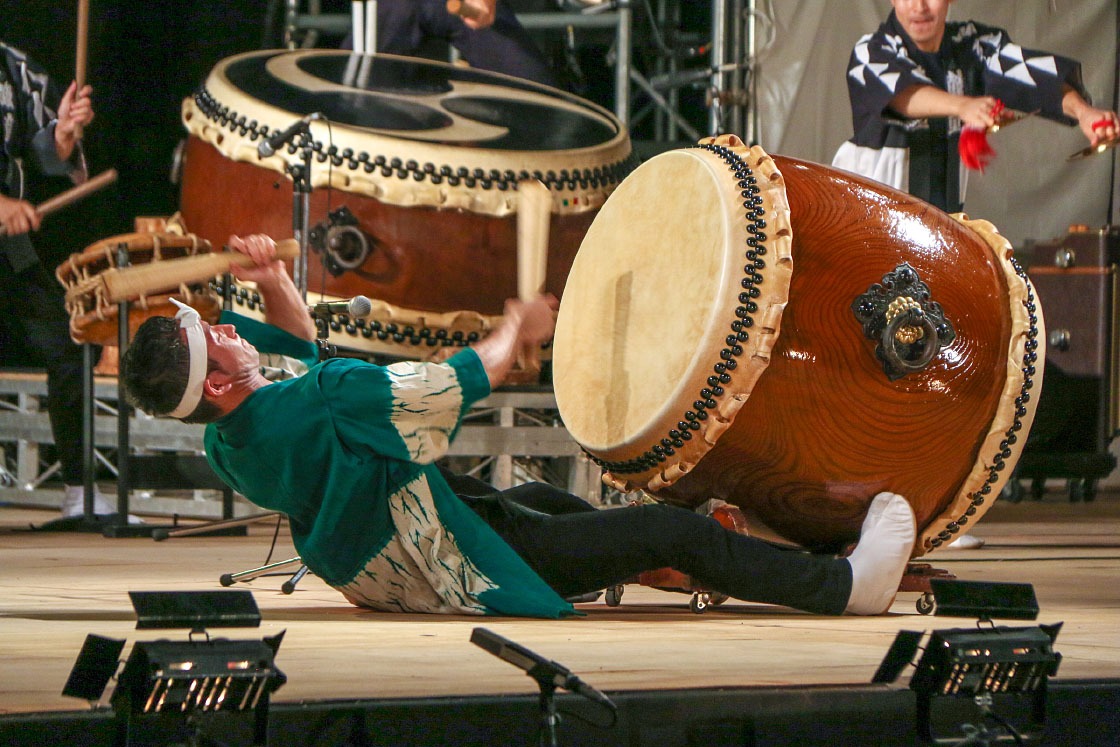
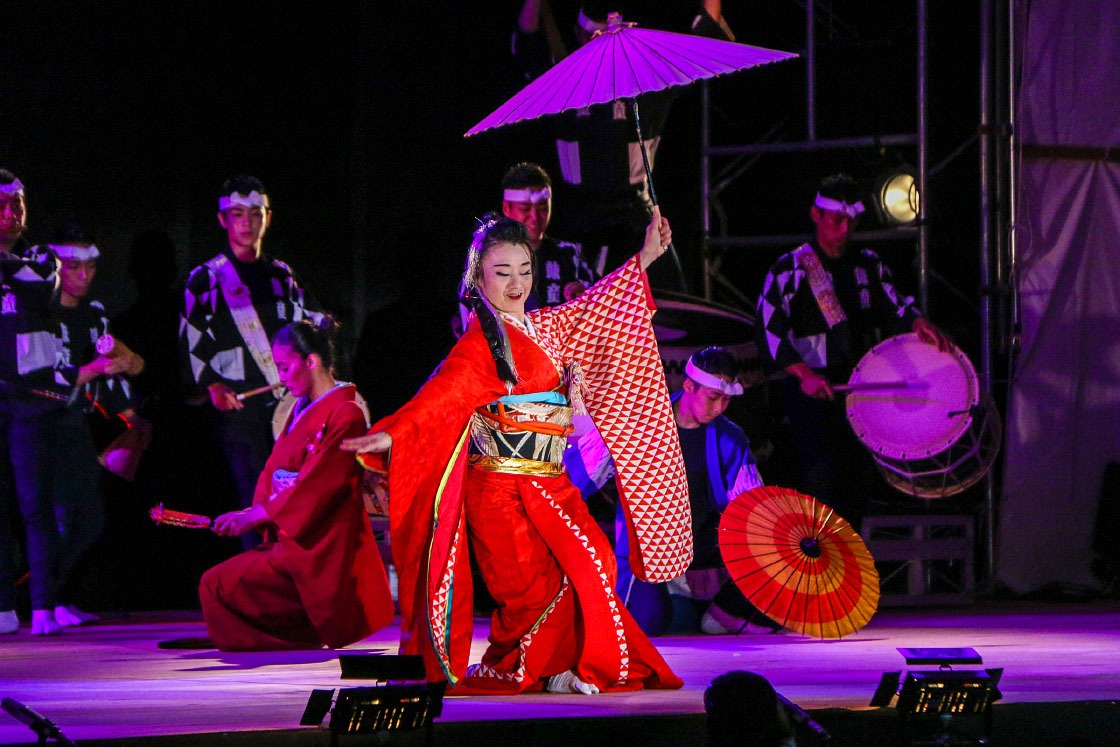
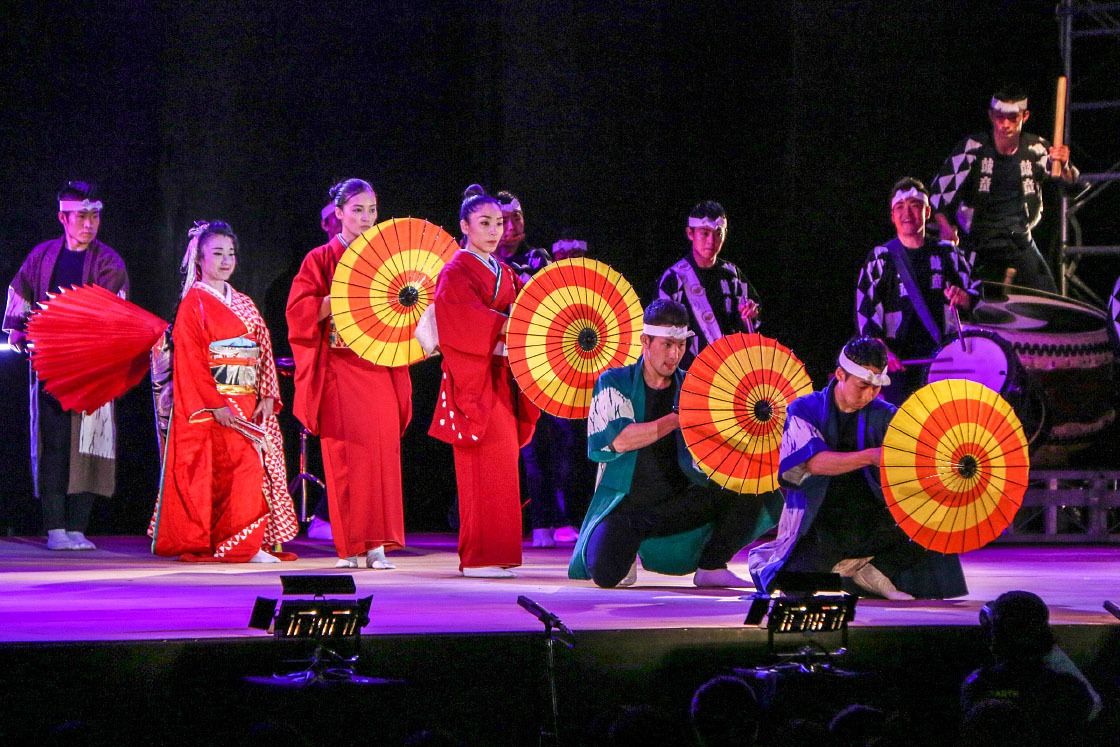
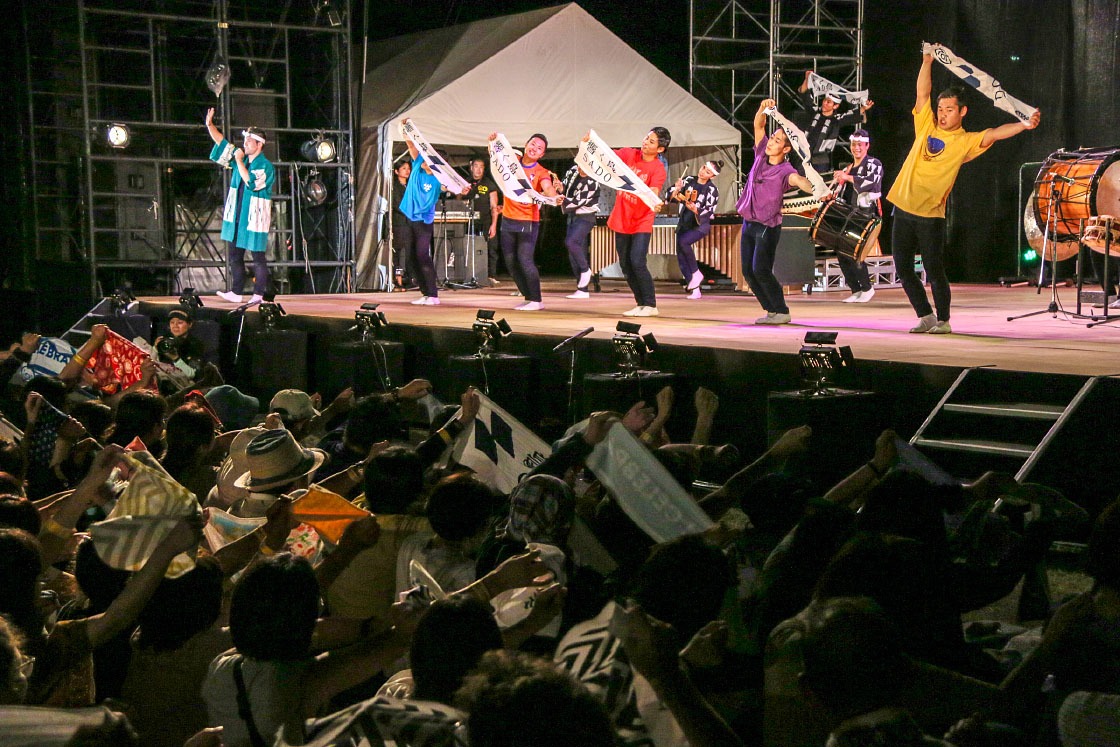
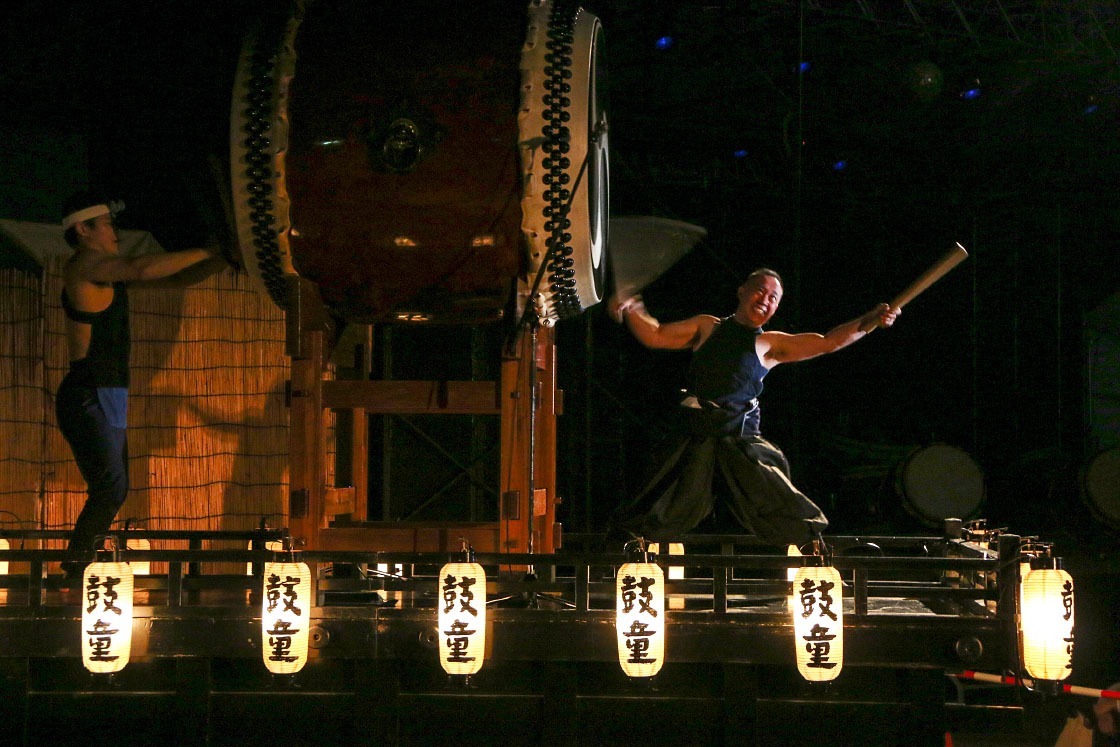
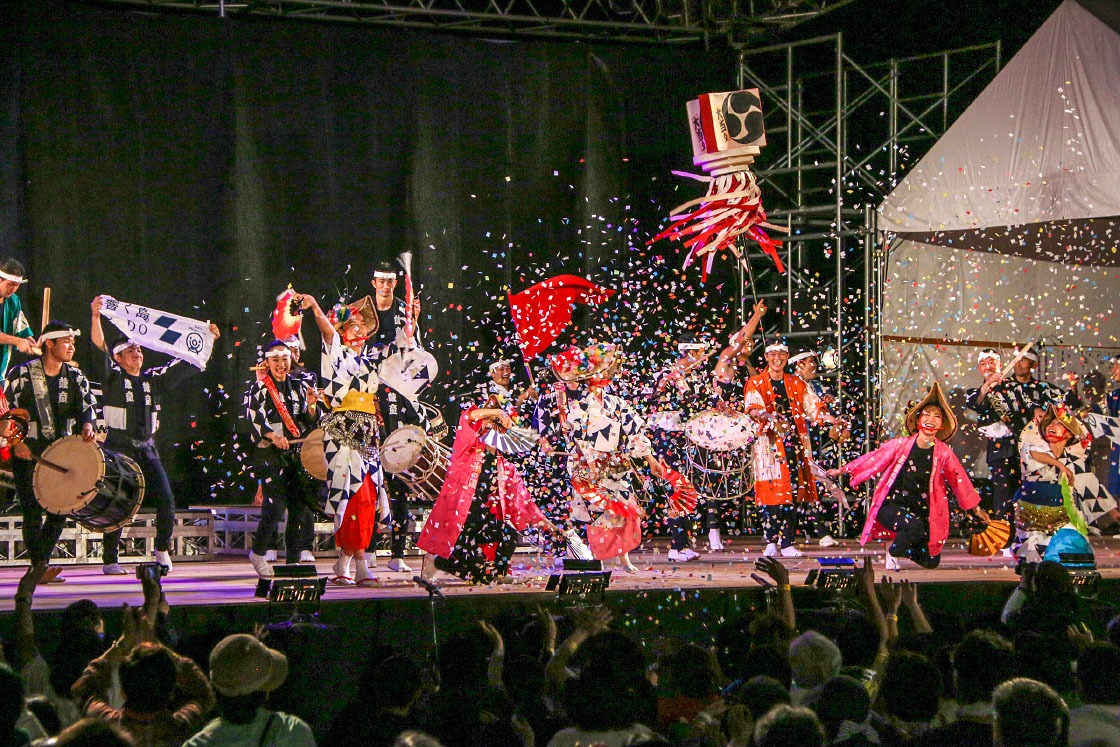
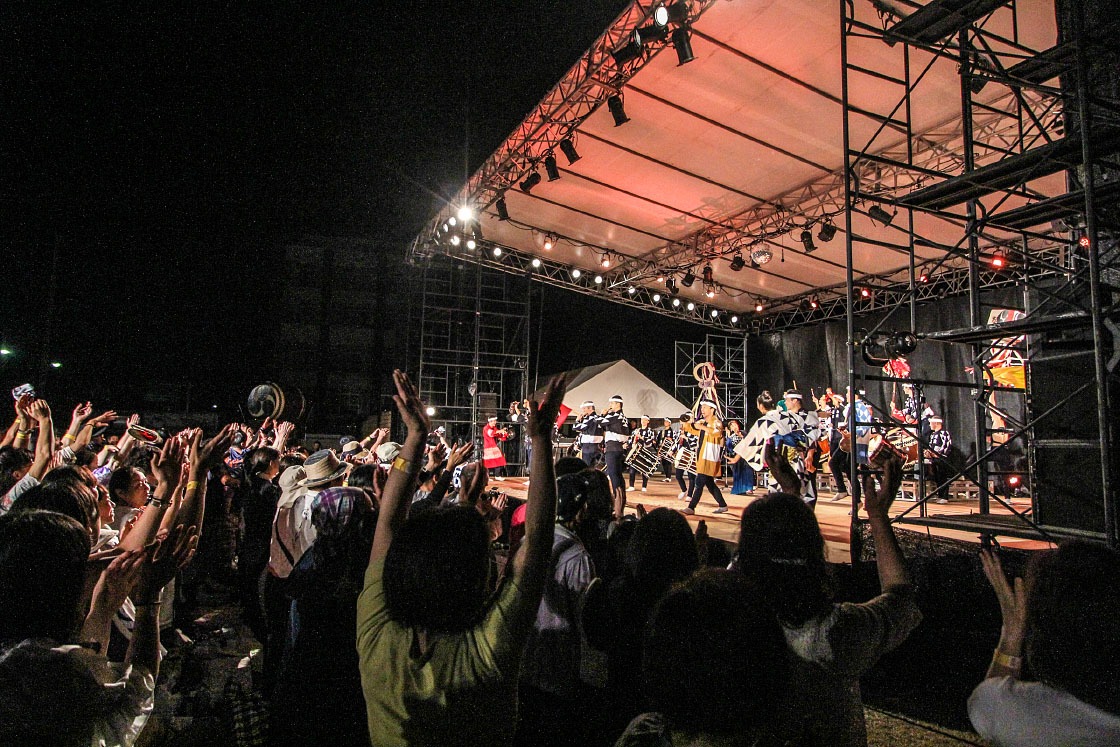
Day 4: Farewell
The next morning, as the market vendors were tearing down their stalls and visitors were making their way to Ogi Port one last time to catch their return ferry, a familiar sound filled the air. There, just in front of the port, Kodo members had gathered with drums and bamboo flutes and banners to play one more time to send off their guests.
While the exciting final performance a more-than-welcome surprise for most, it also didn't feel out of place here, as the welcoming atmosphere always seemed to permeate every event throughout the festival. For me, even participating in this festival as an observer, I left with some wonderful memories and new friends that I don't imagine I will ever forget. And I don't think I was alone.
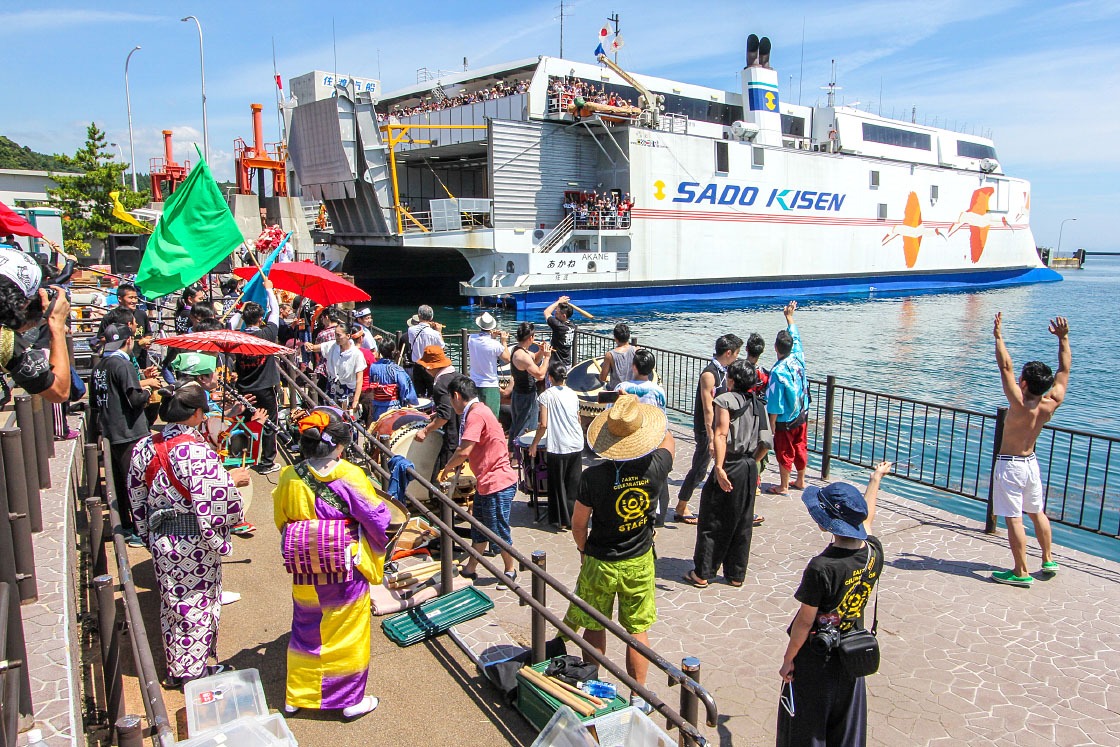
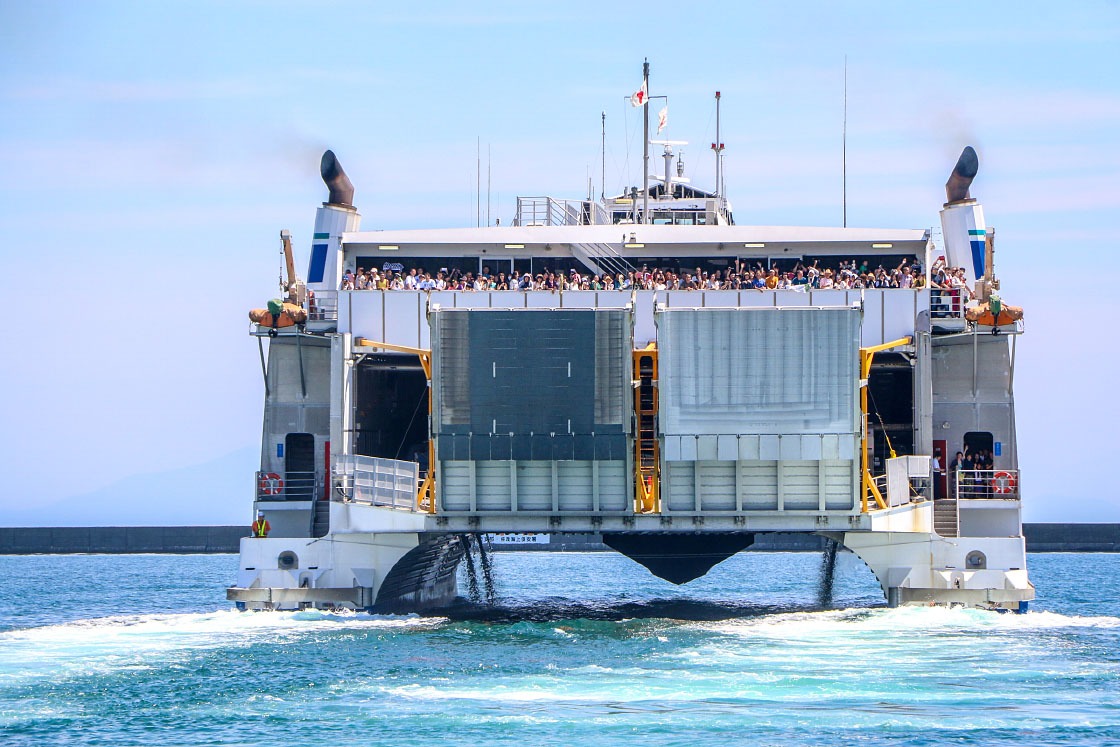
Come join next year's Earth Celebration, August 16-18, 2019!
Learn more as details become available at the official Earth Celebration website.
